
Master portrait techniques focusing on proportions, shading, and facial structure for realistic drawing results
Embark on a journey through the world of portrait artistry with this comprehensive specialization. Begin by mastering the essentials of pencil portrait drawing, focusing on proportions, facial structure, and detailed shading techniques with Matt Smith. Elevate your skills by delving into the Renaissance methods, where Michele Bajona guides you through classical techniques, emphasizing the importance of form, light, and shadow for realistic and structured portraits.
Explore the dramatic chiaroscuro technique with Marco Mazzoni, creating high-contrast portraits that play with depth and volume. Express your creativity with vibrant soft pastels, as Chris Gambrell teaches you blending techniques and color harmonies to enhance your compositions. Finally, transition into the digital realm with Bo Feng Lin, utilizing Procreate to integrate graphical elements and dynamic compositions into your artwork. This specialization offers a diverse range of tools and approaches for students to develop a unique artistic style, covering both traditional and modern techniques in portrait drawing.
What will you learn in this specialization?

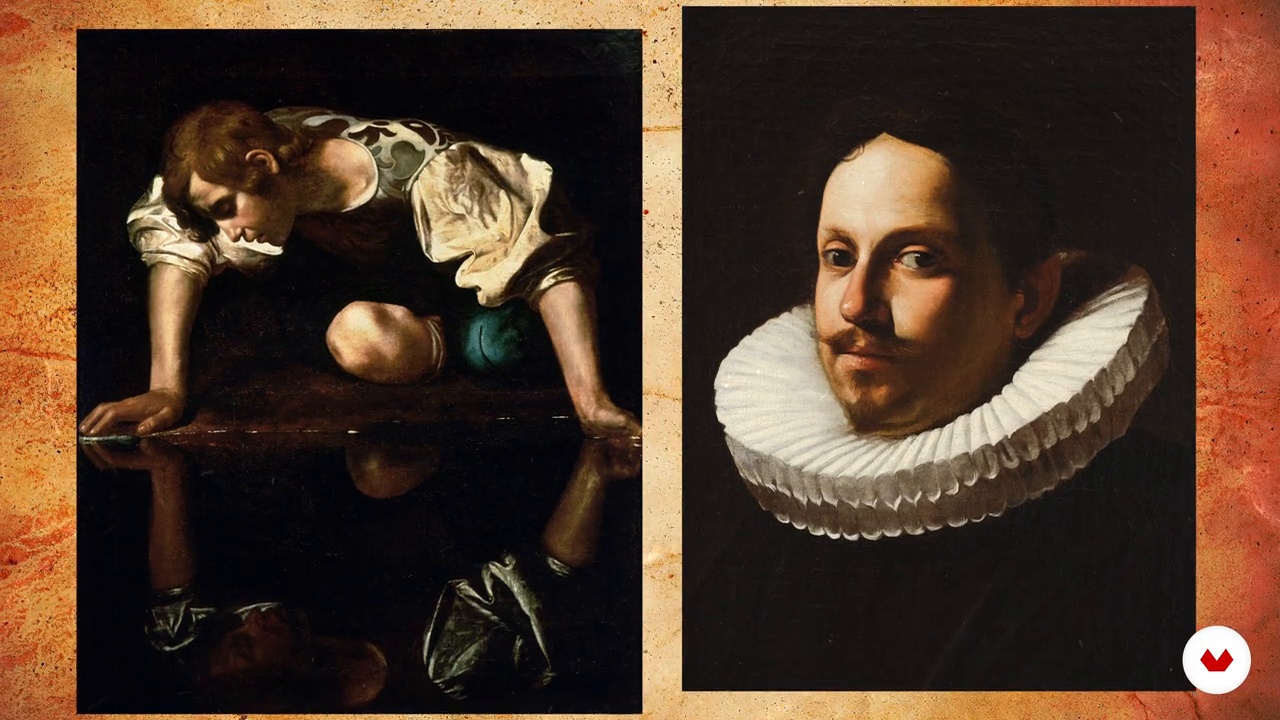

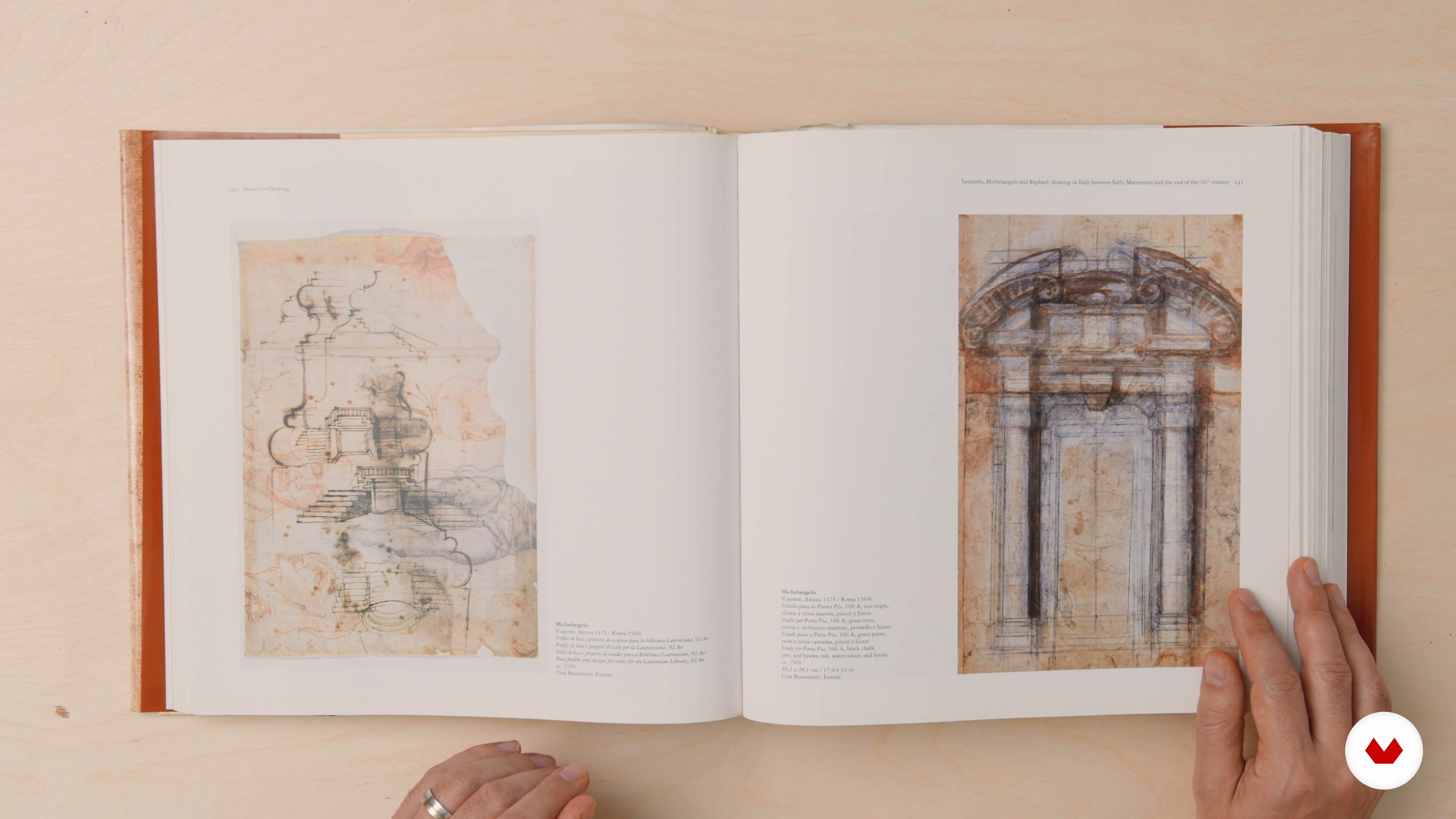
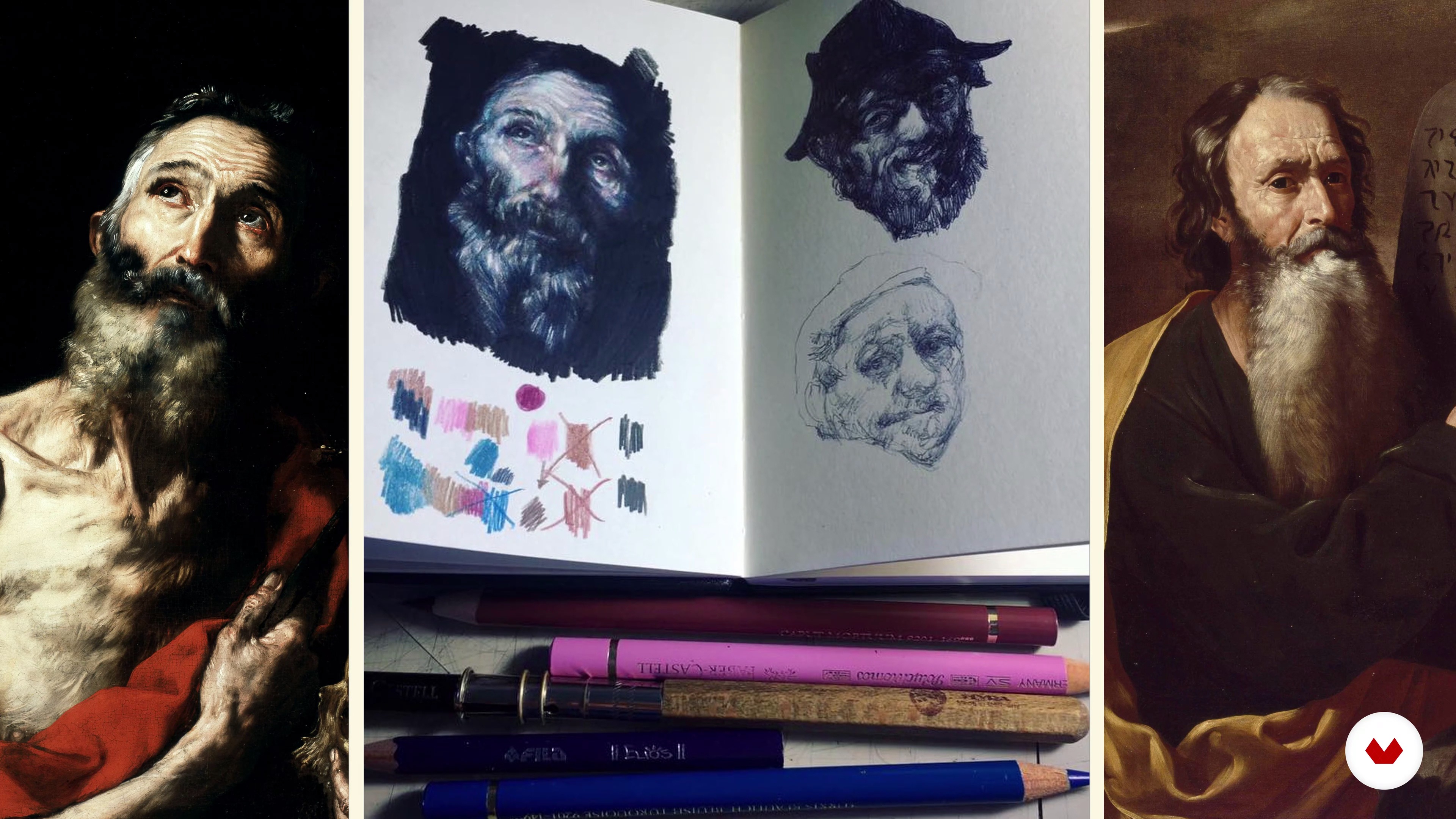

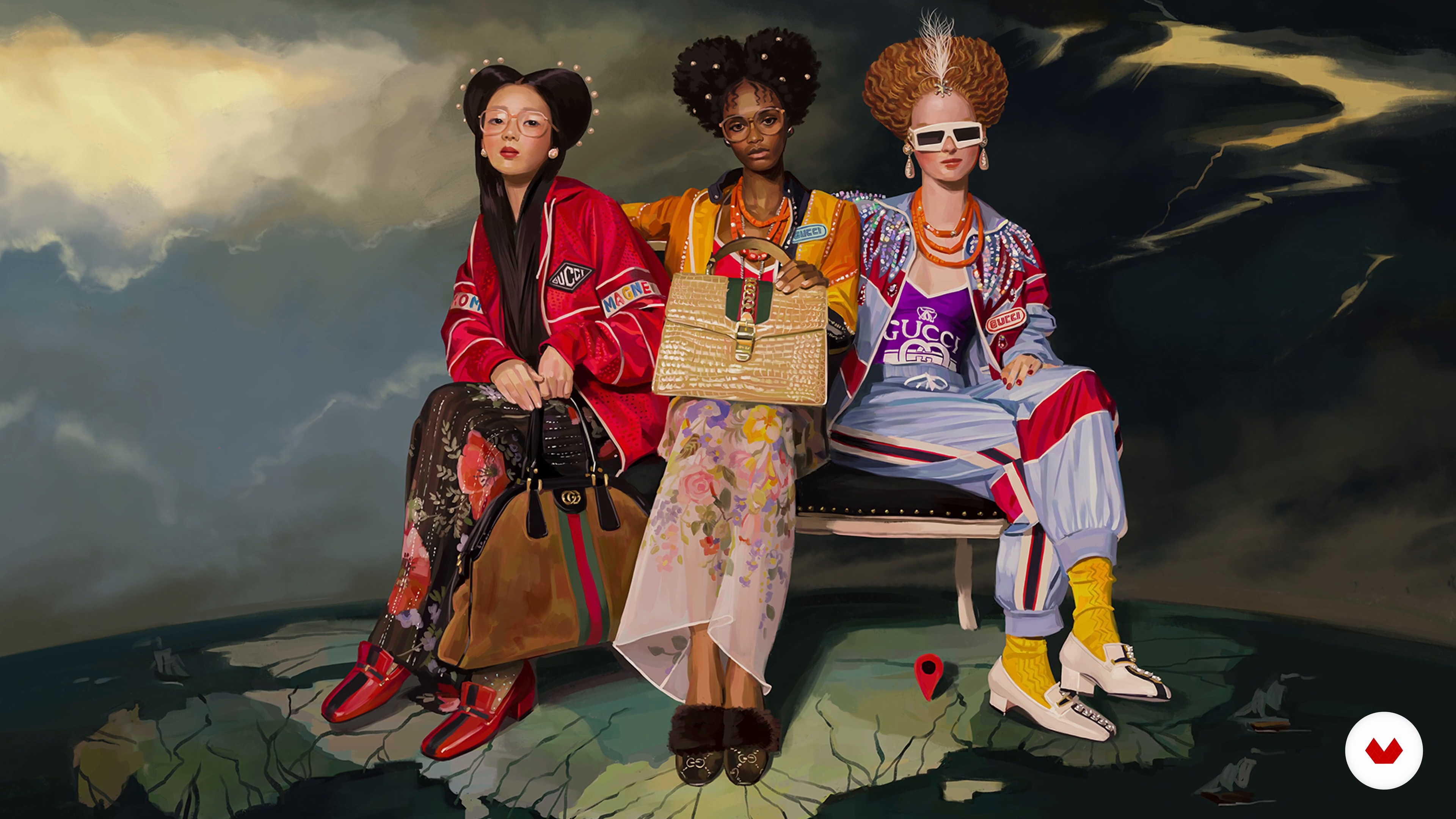

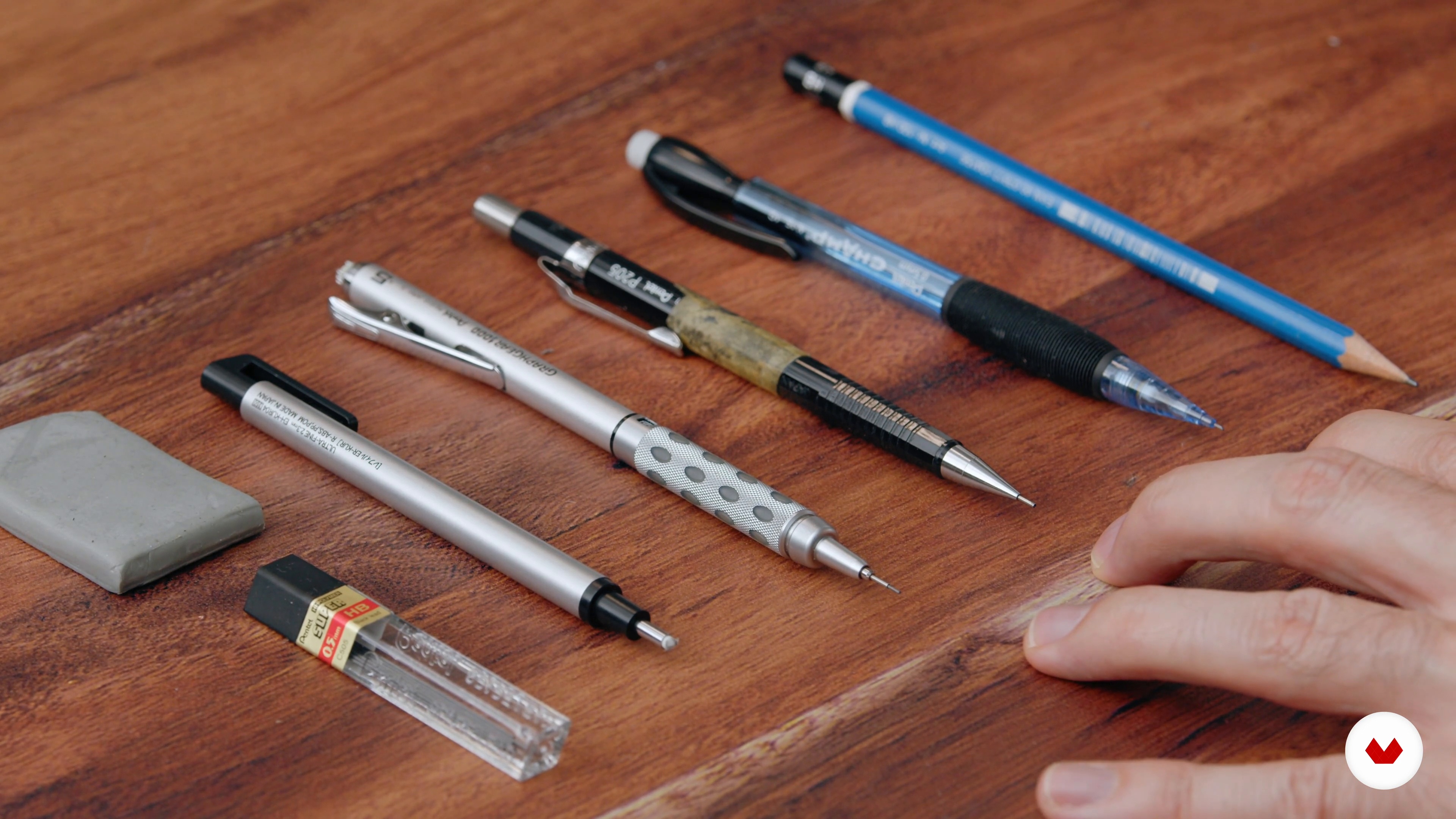
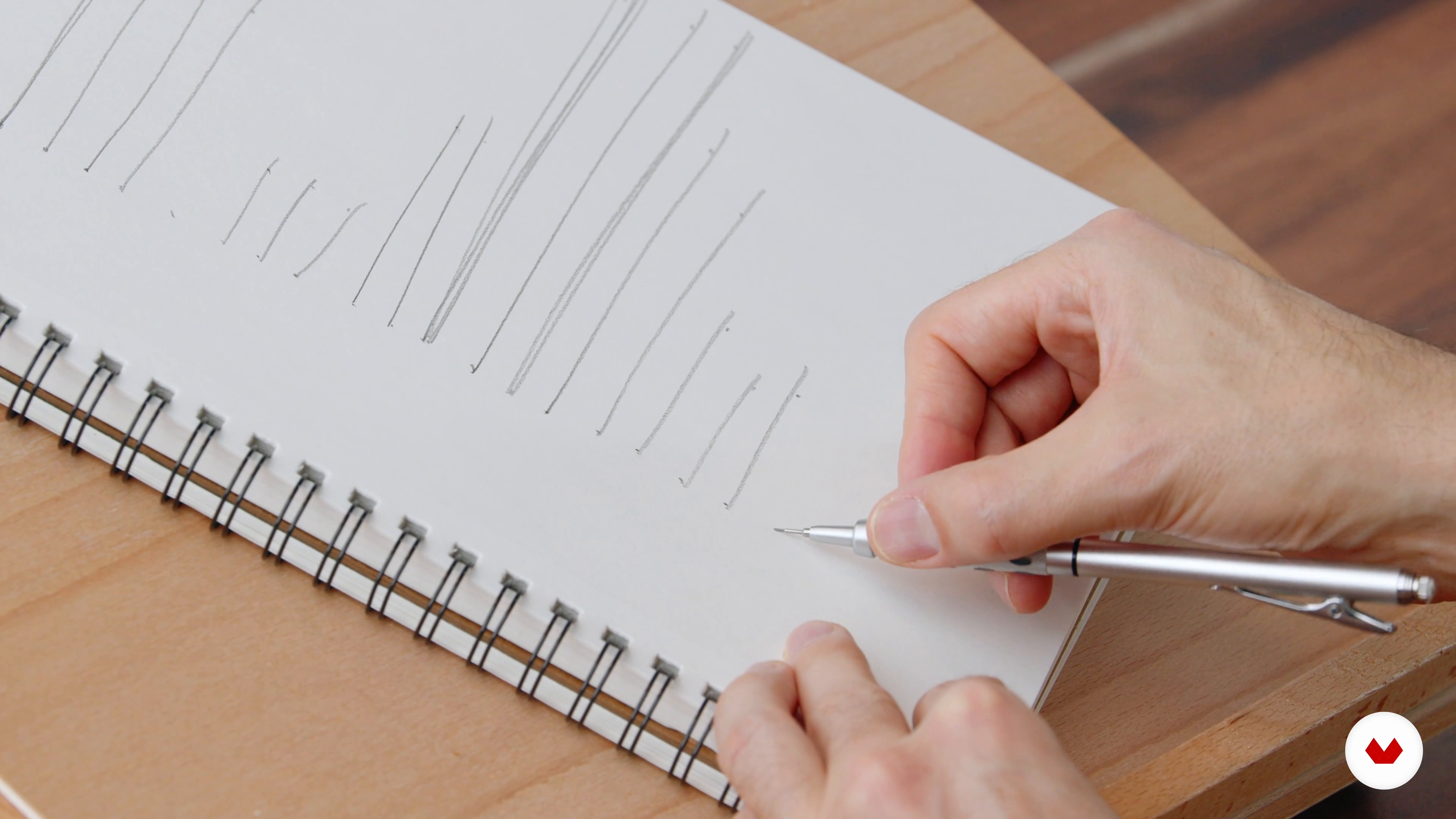
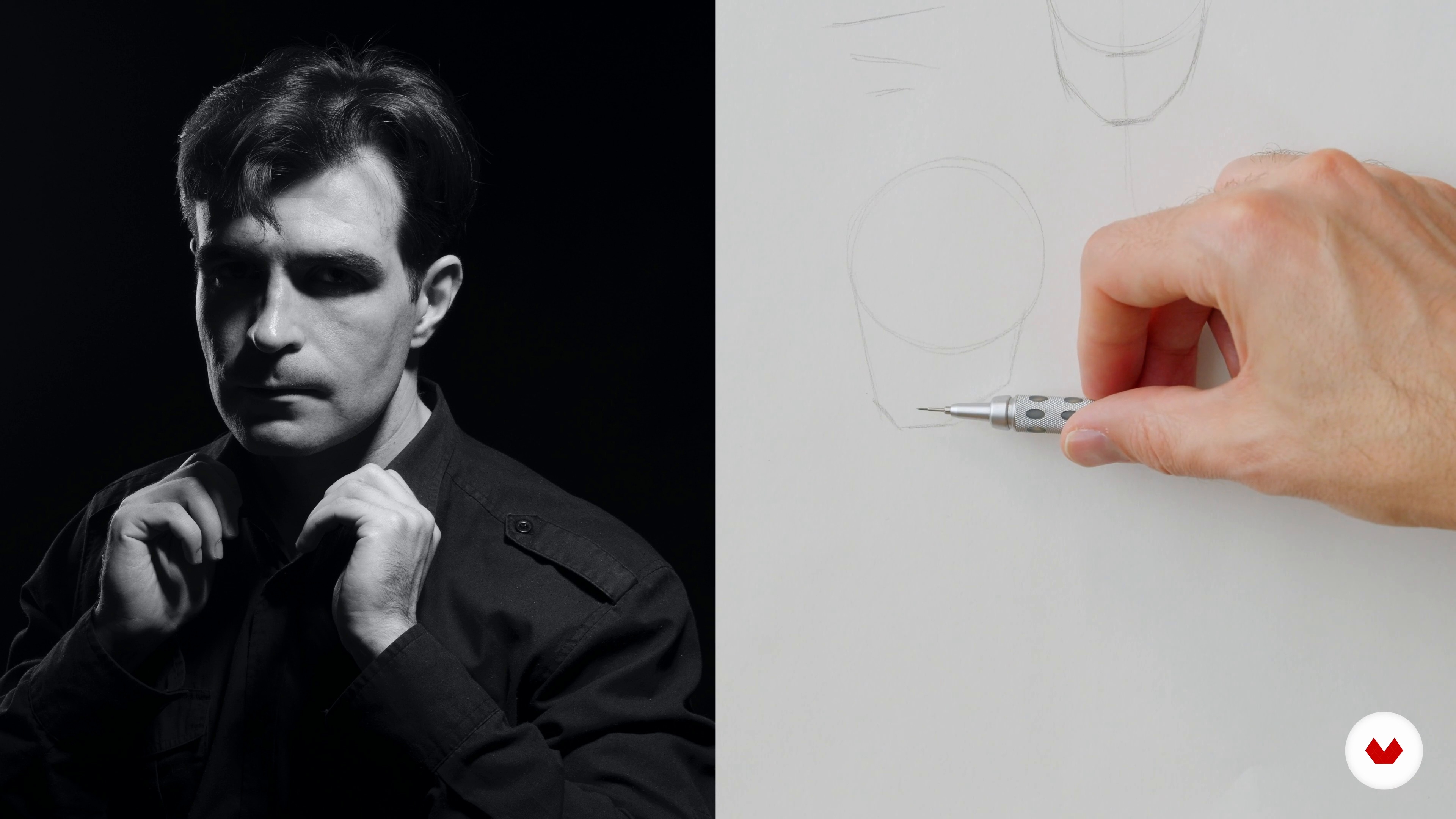
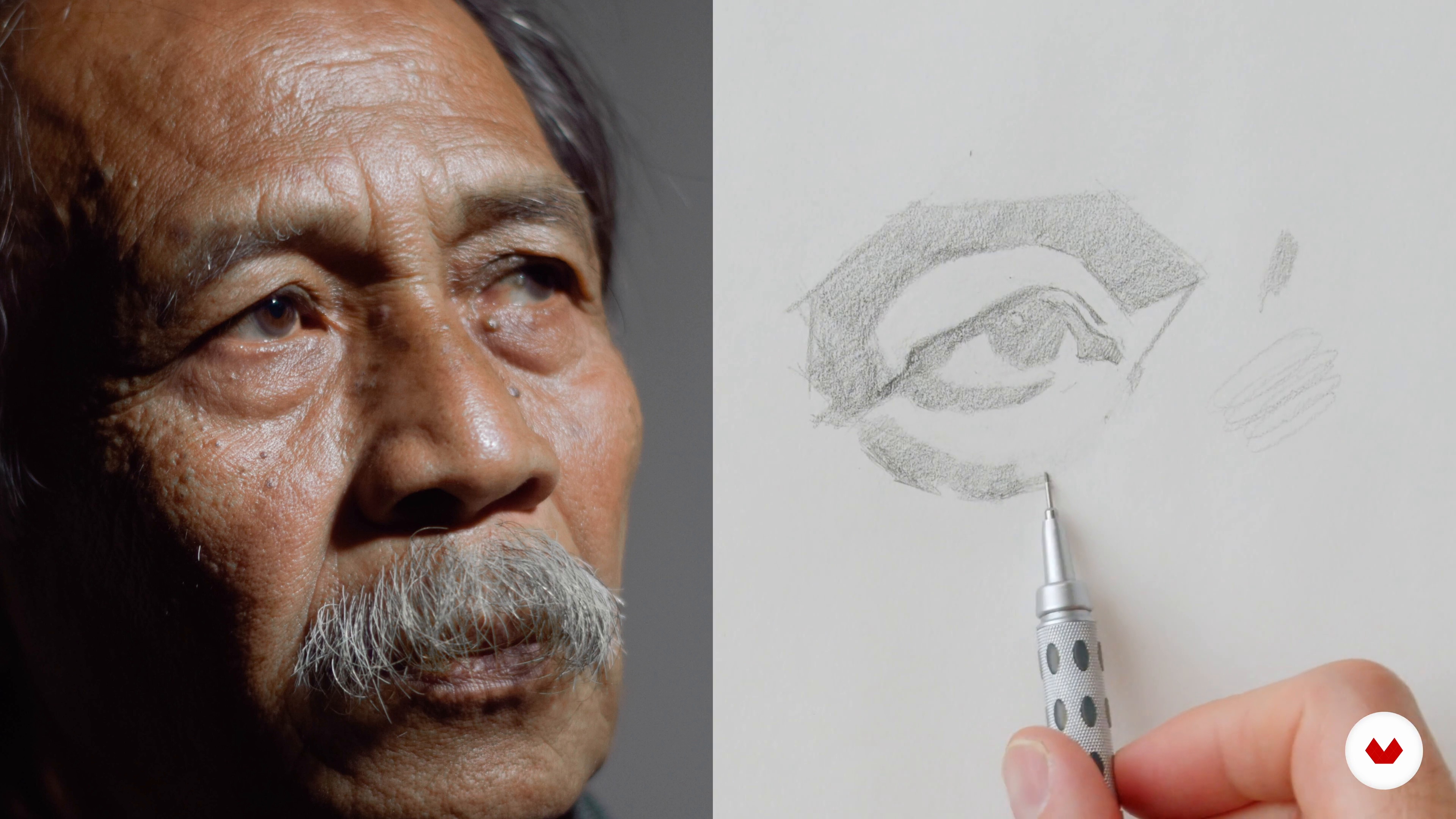
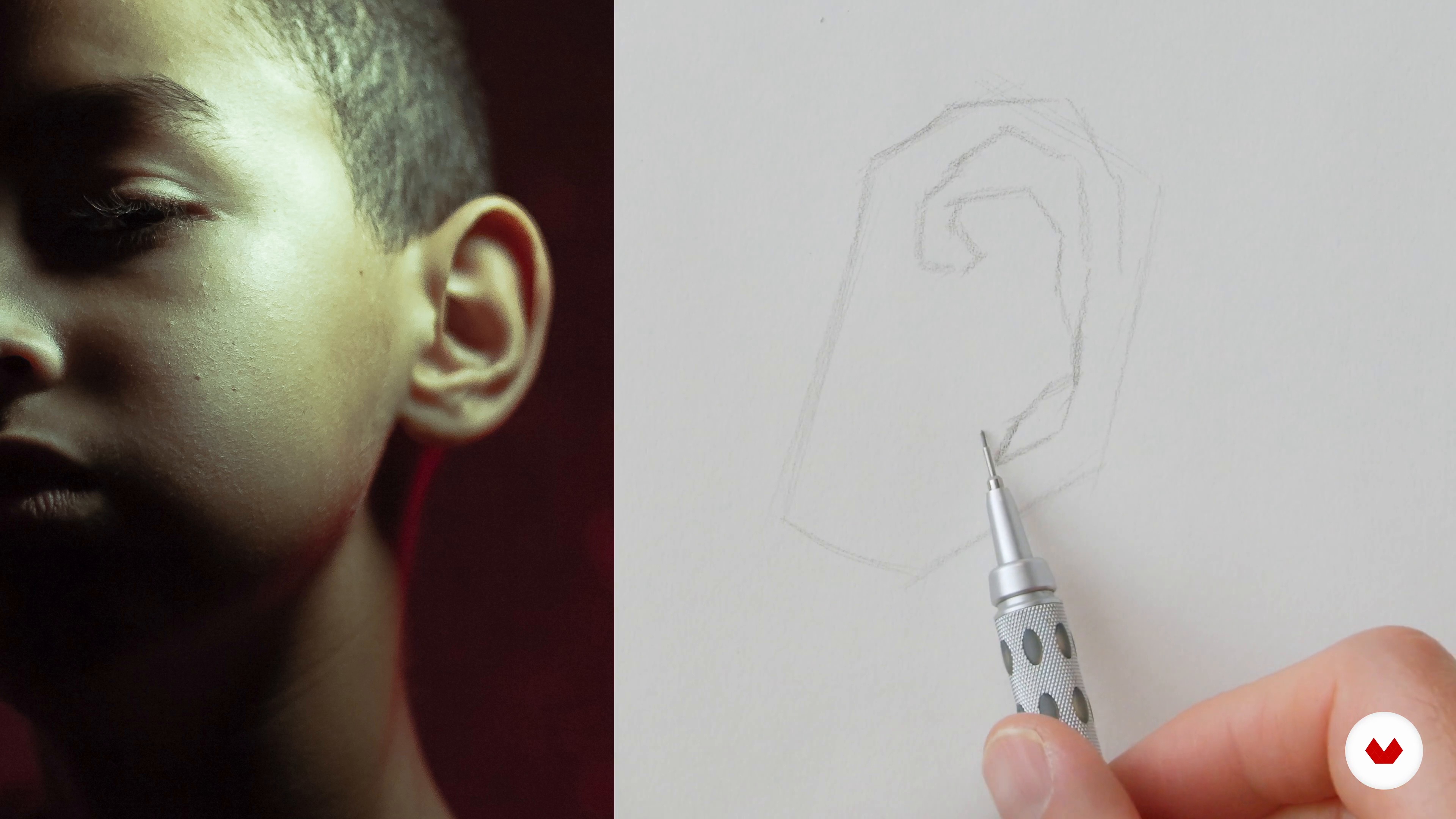
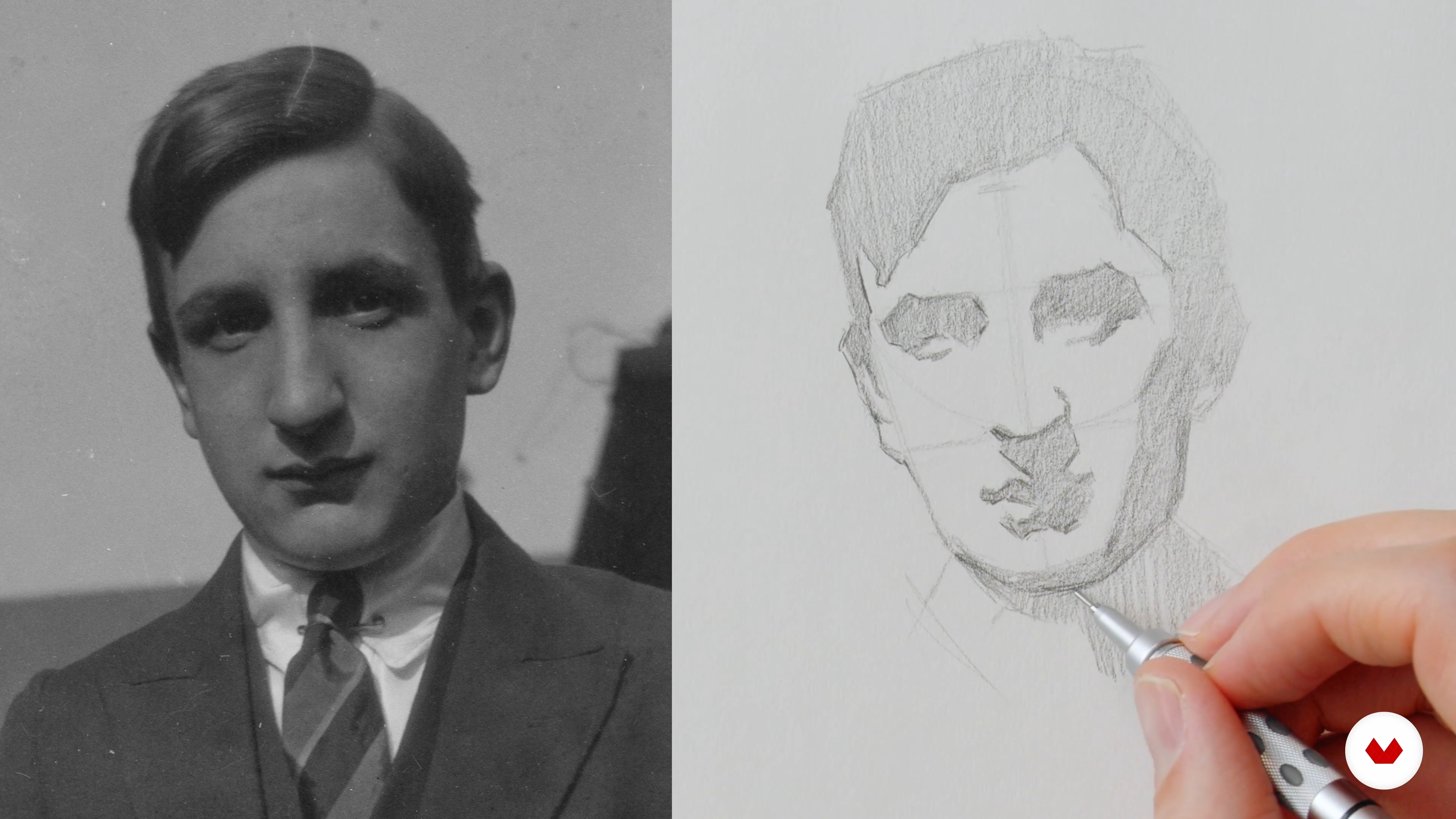

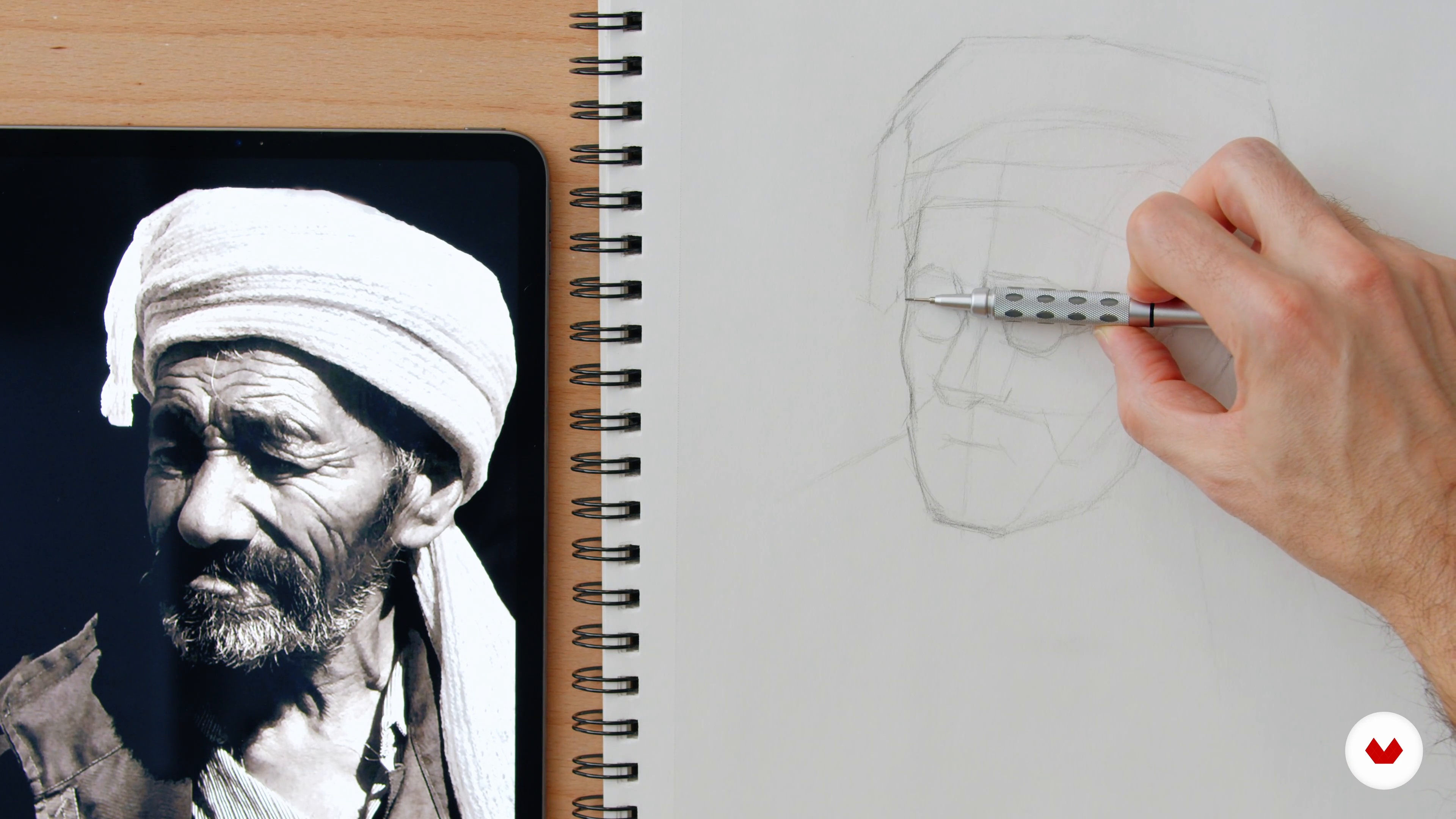

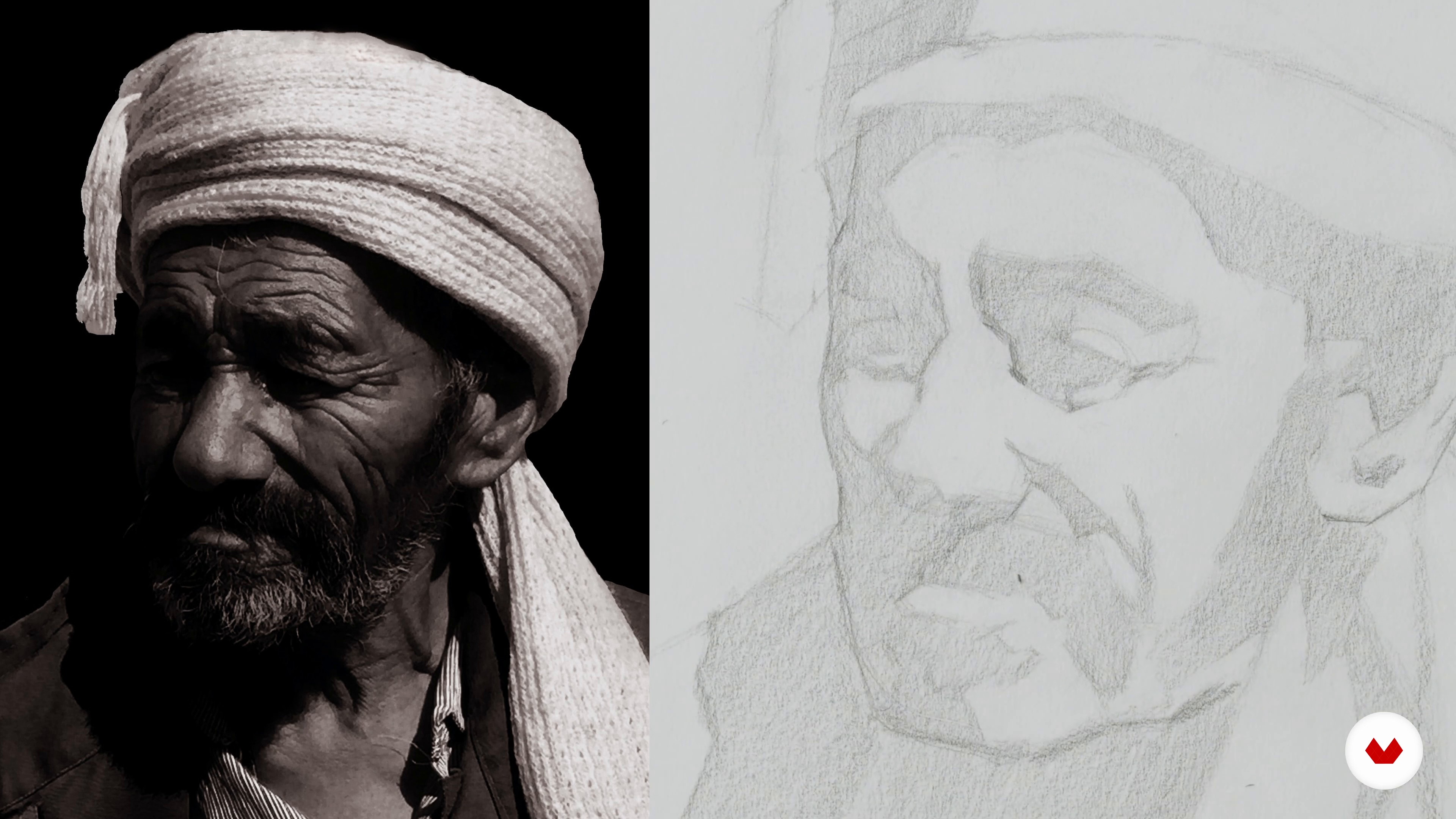
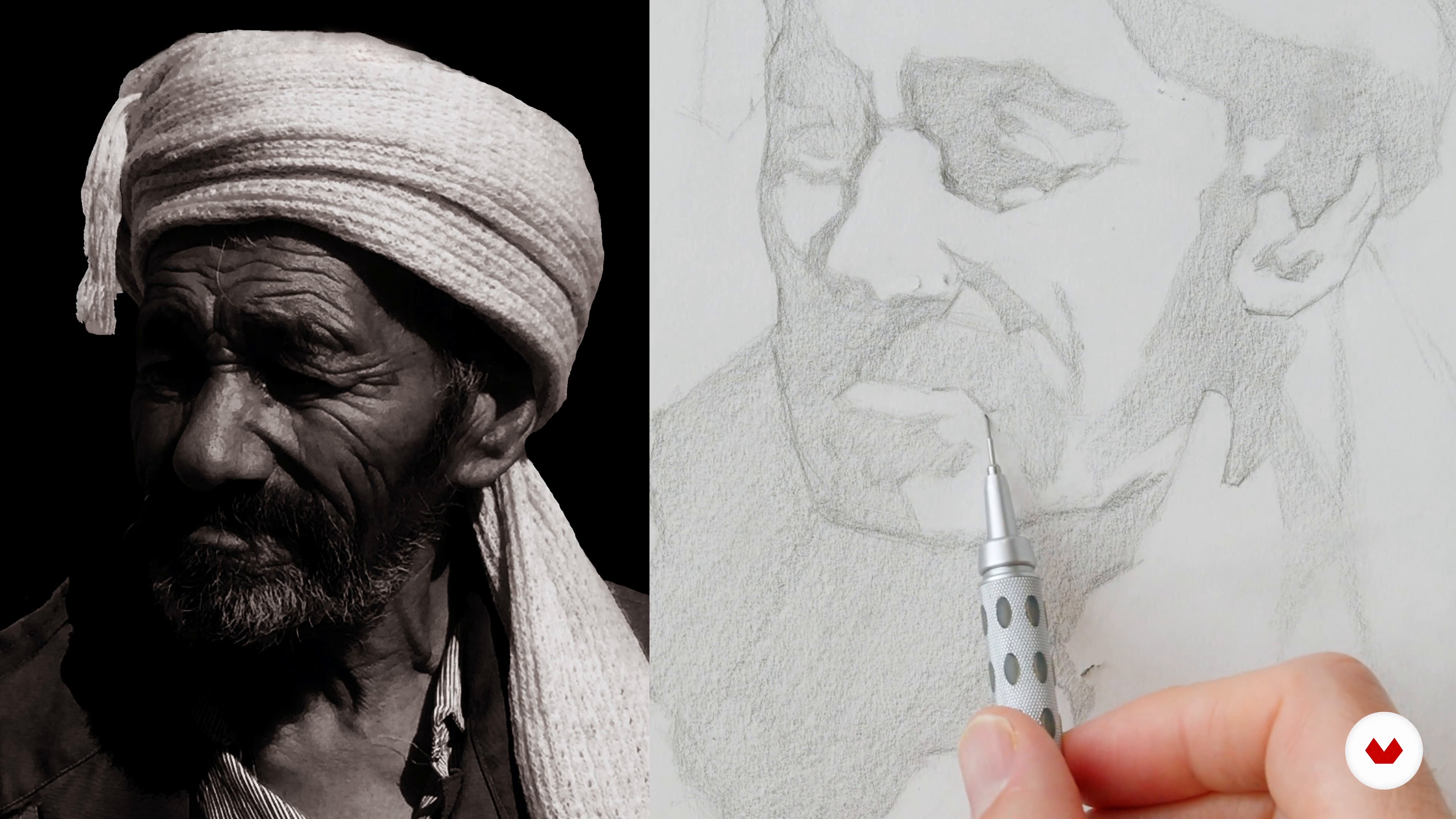
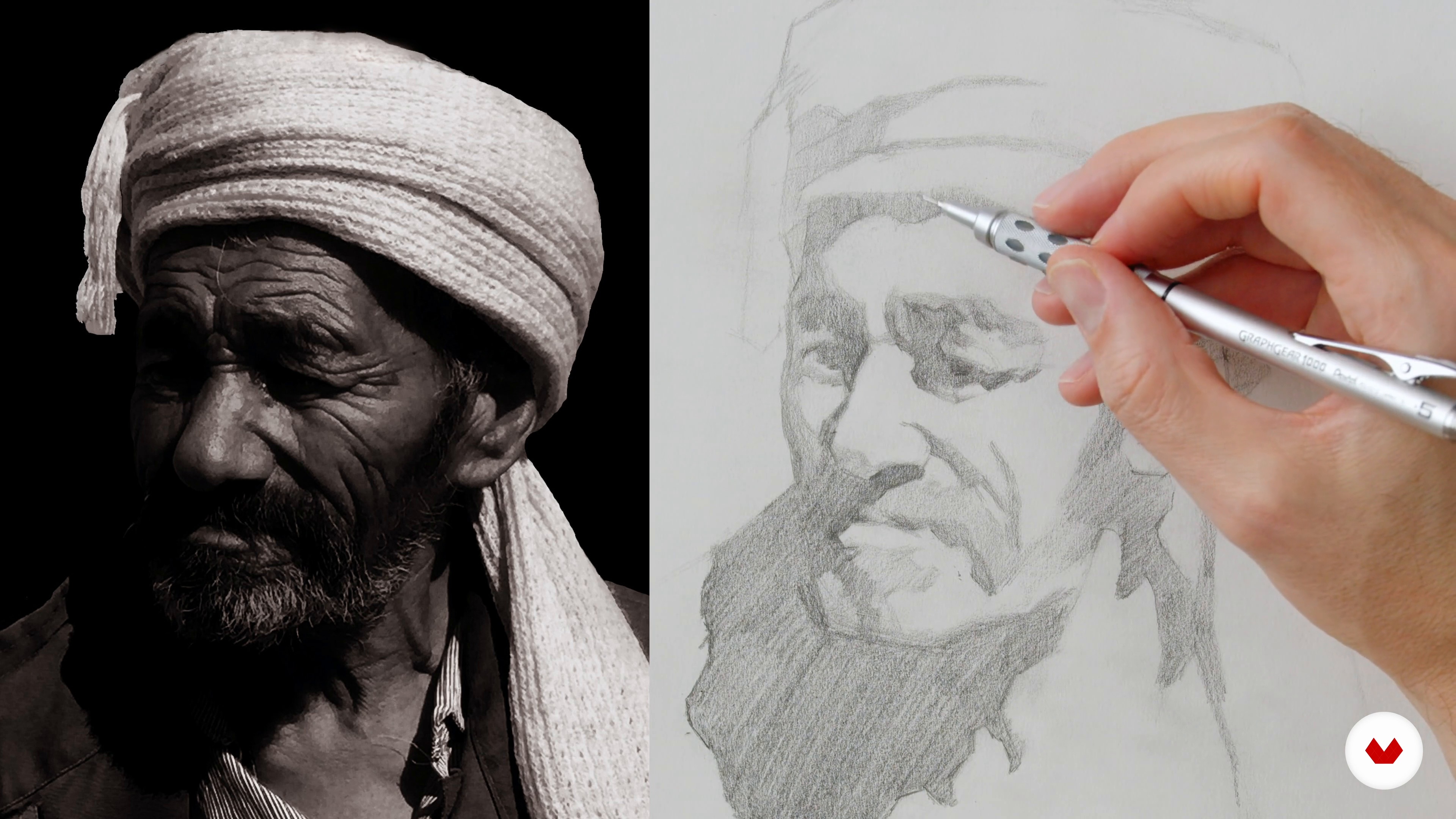
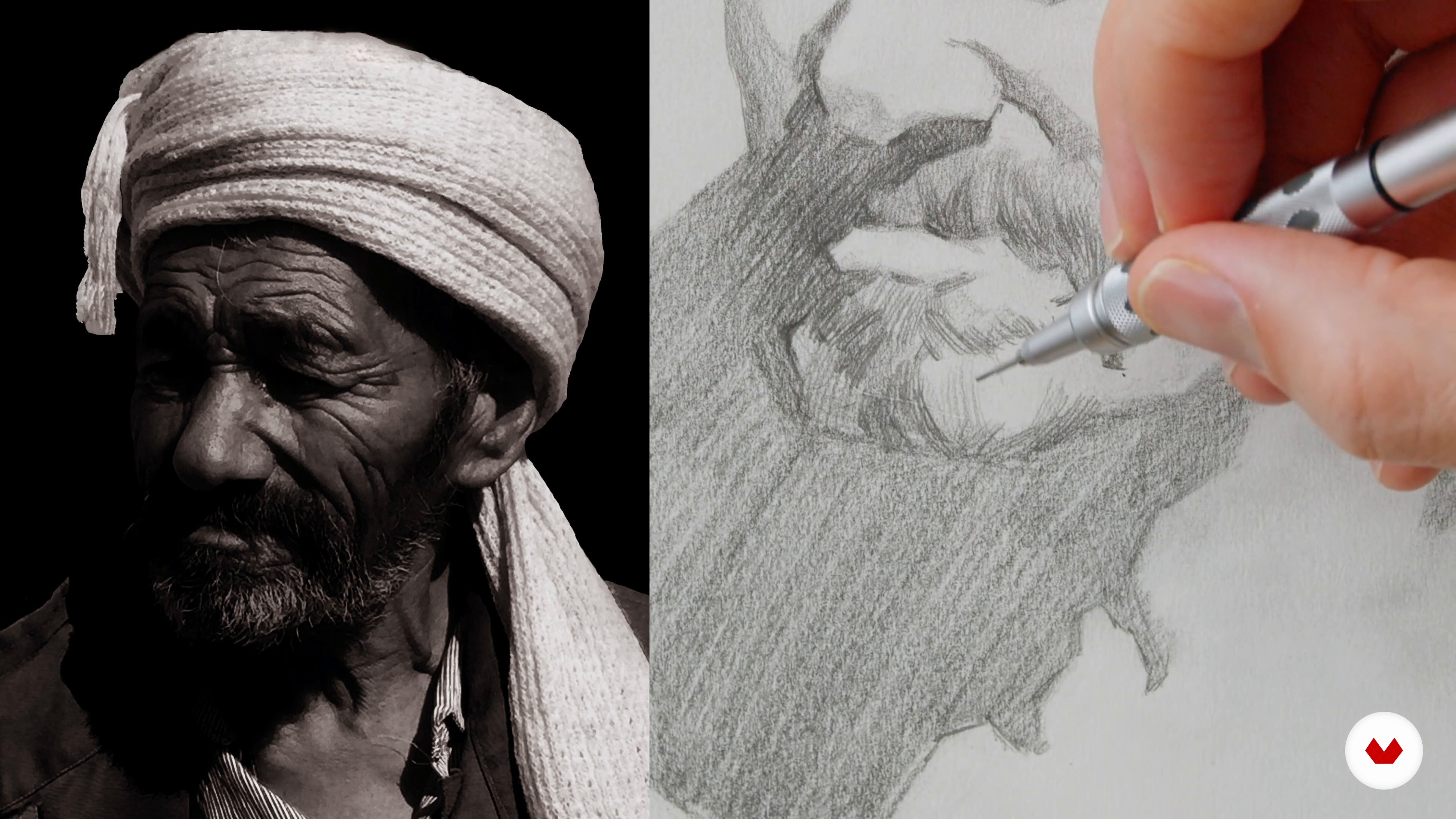
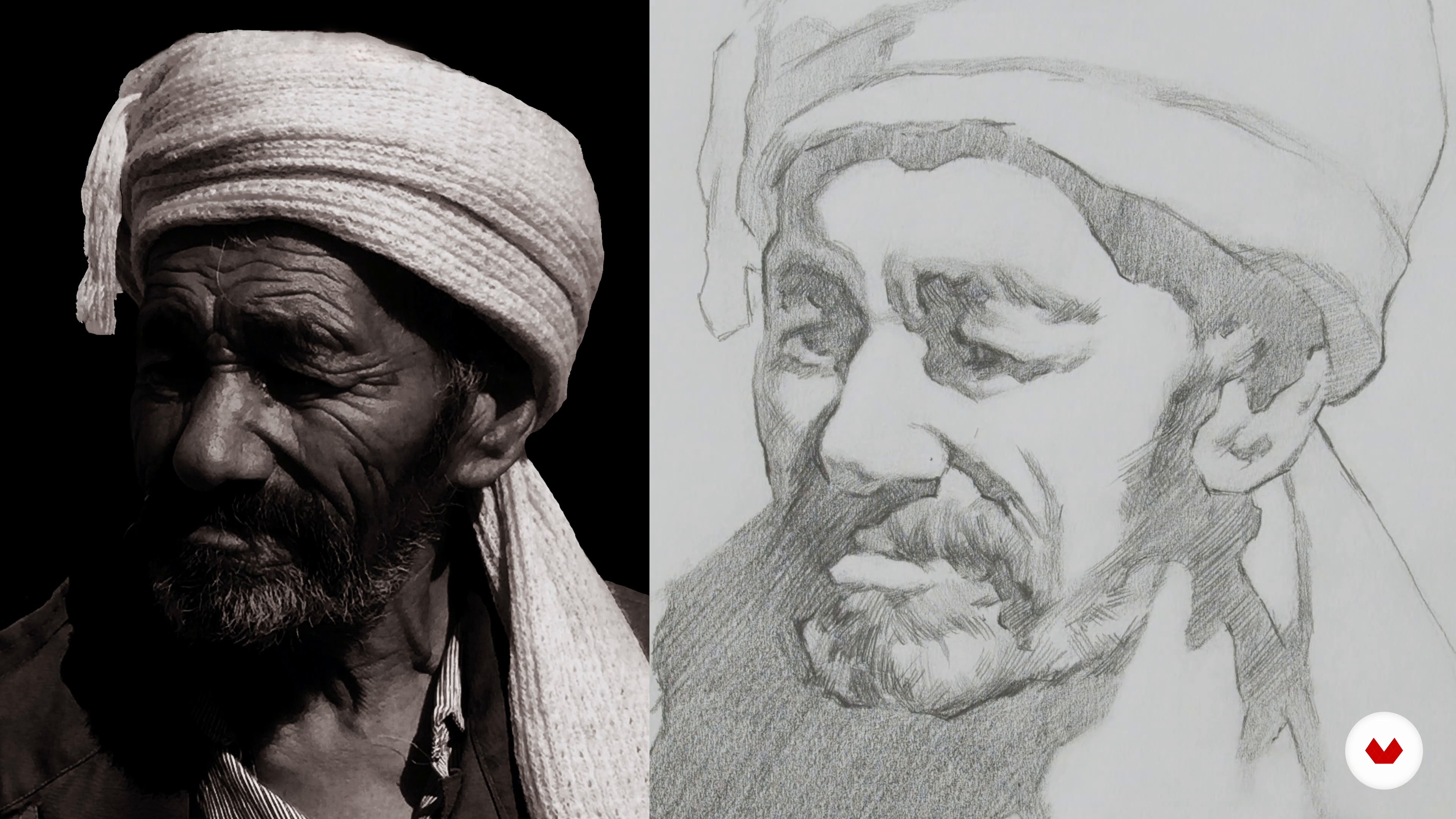

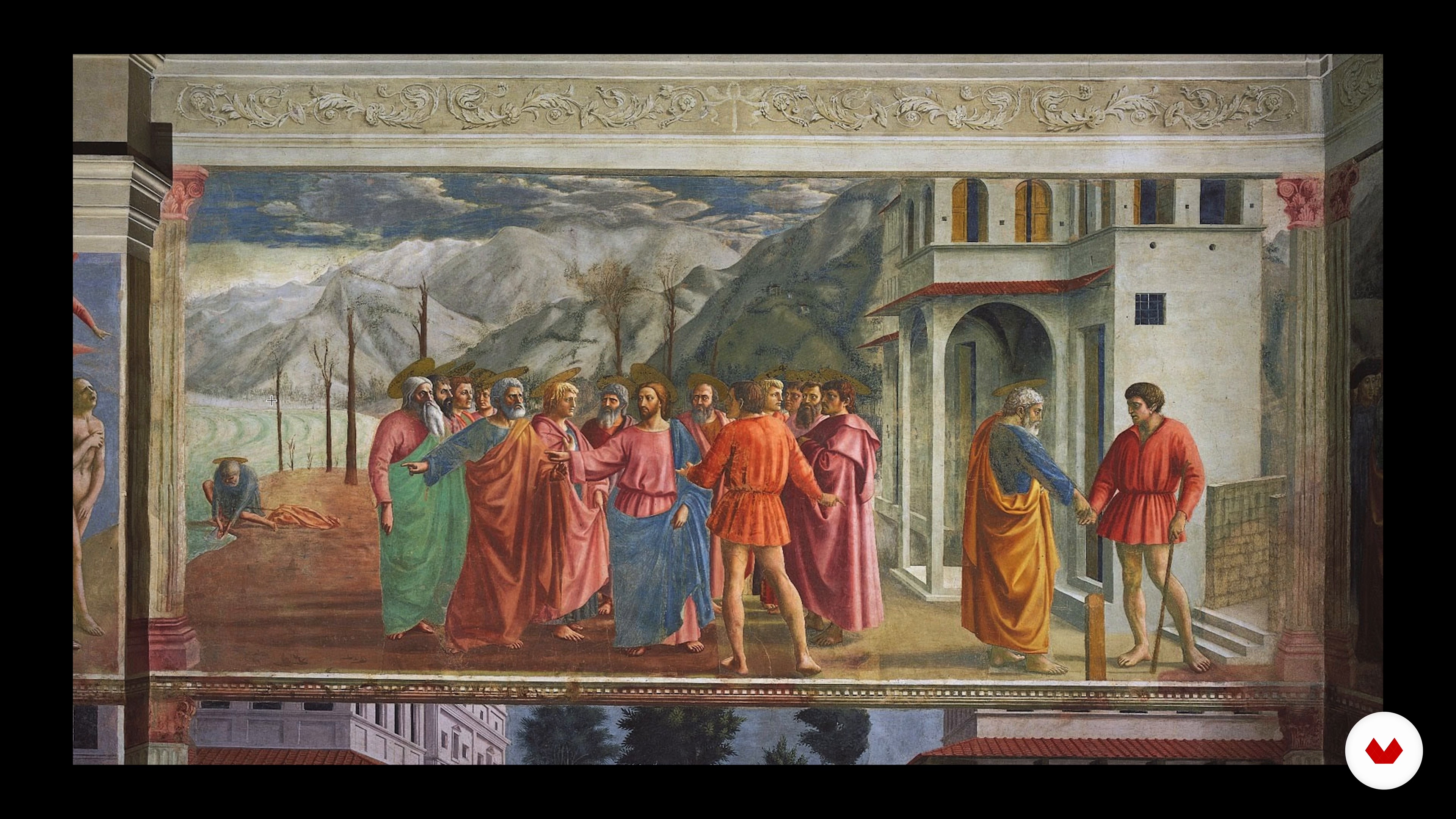

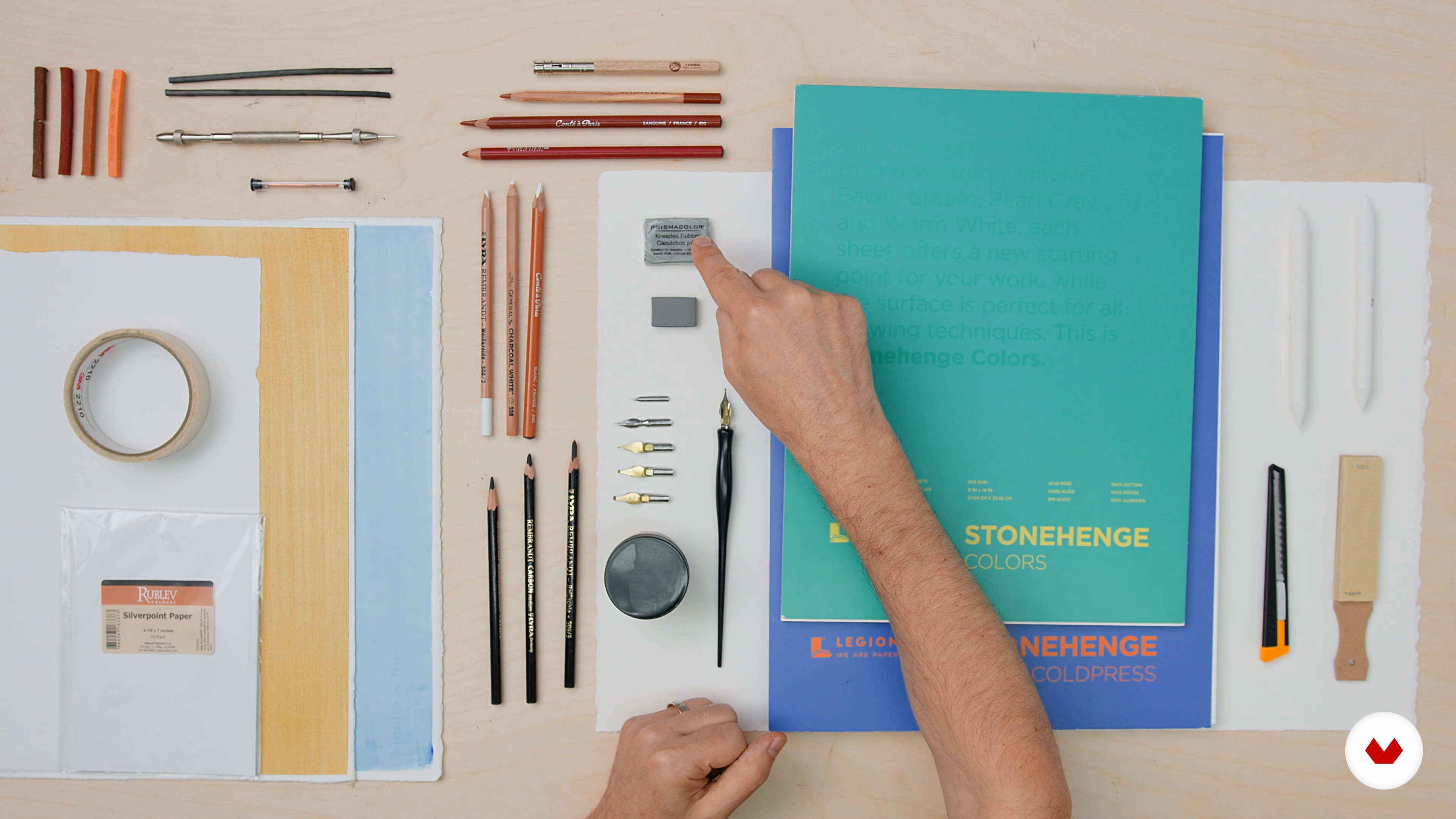

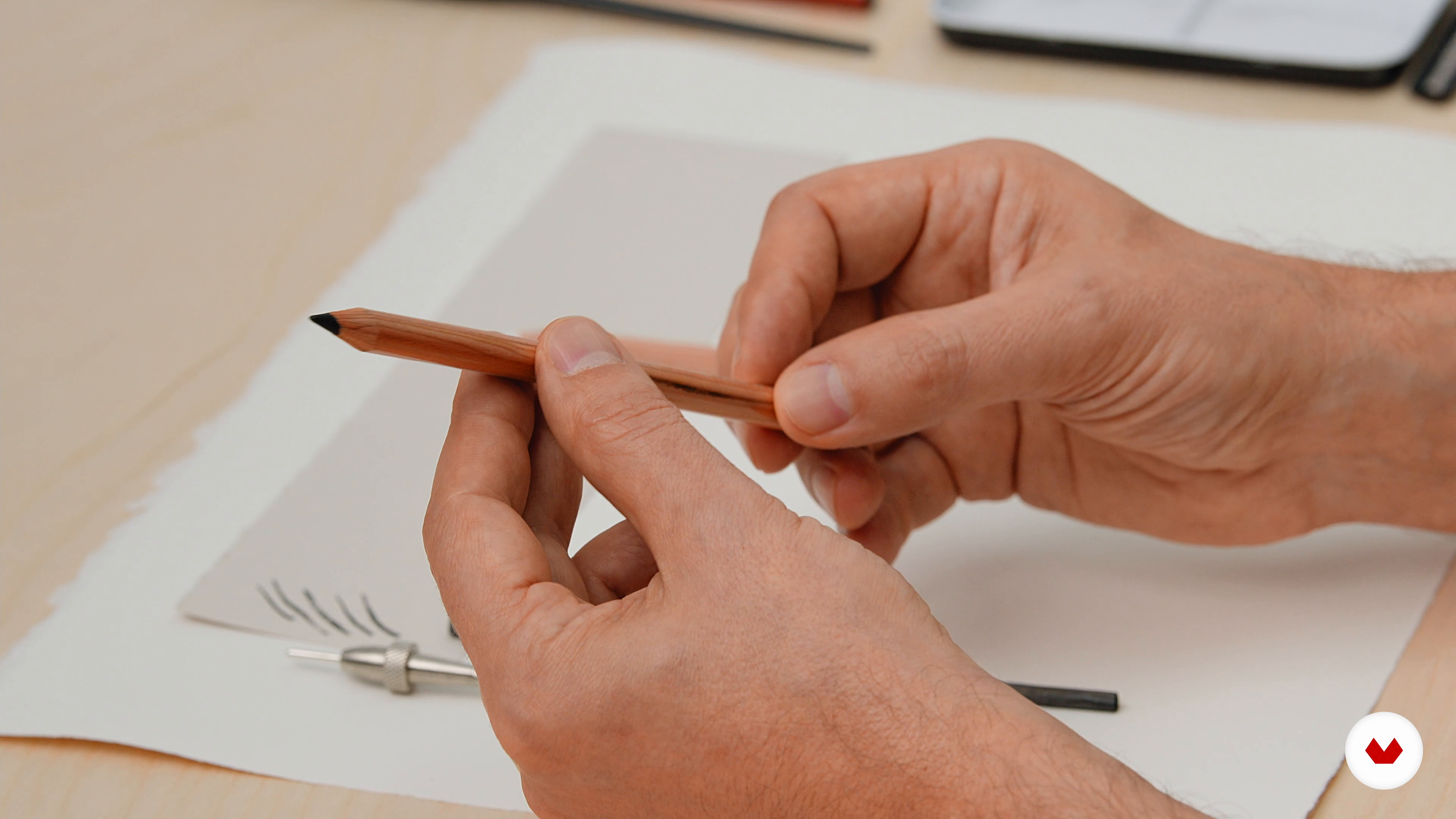
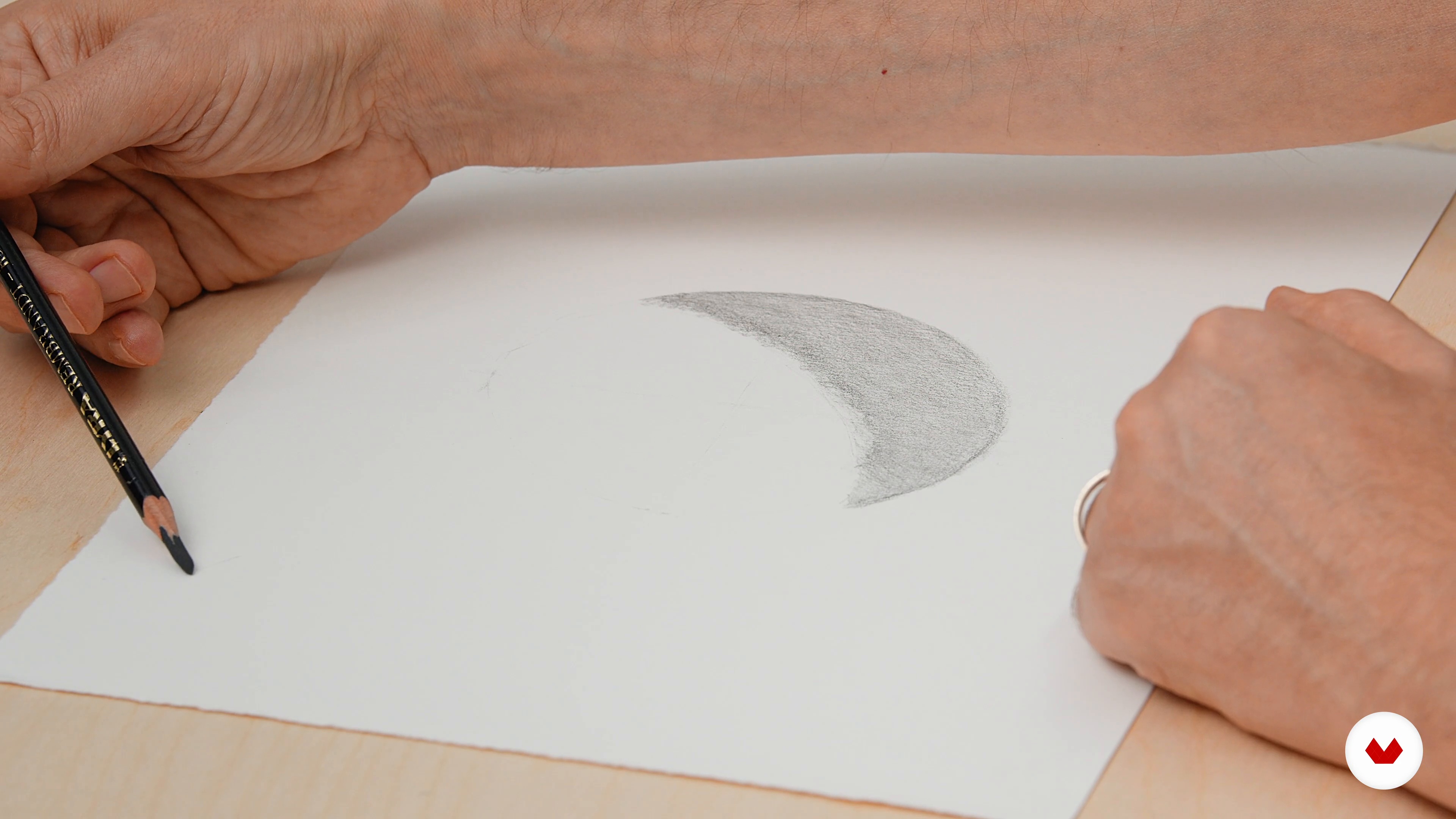


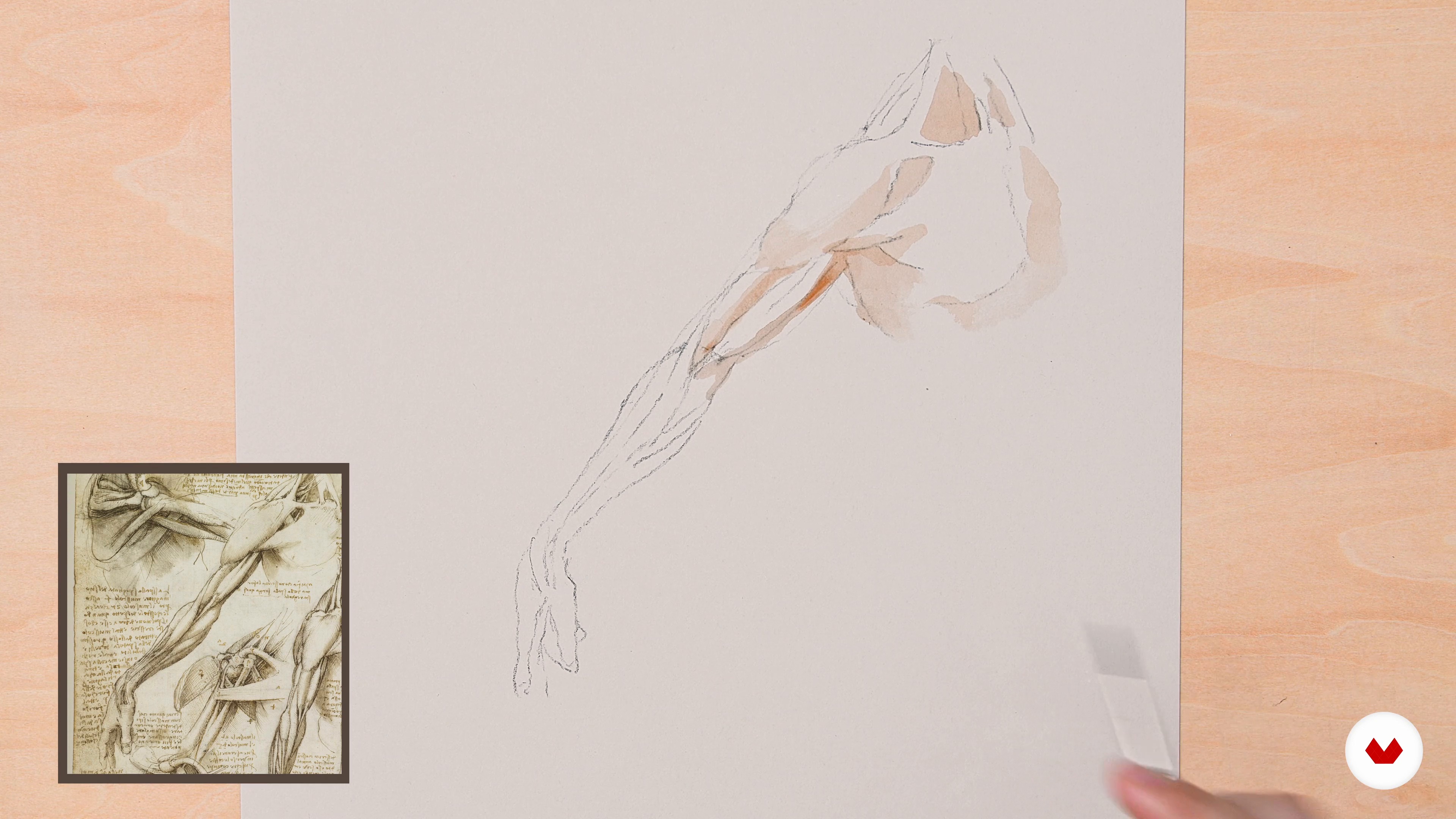
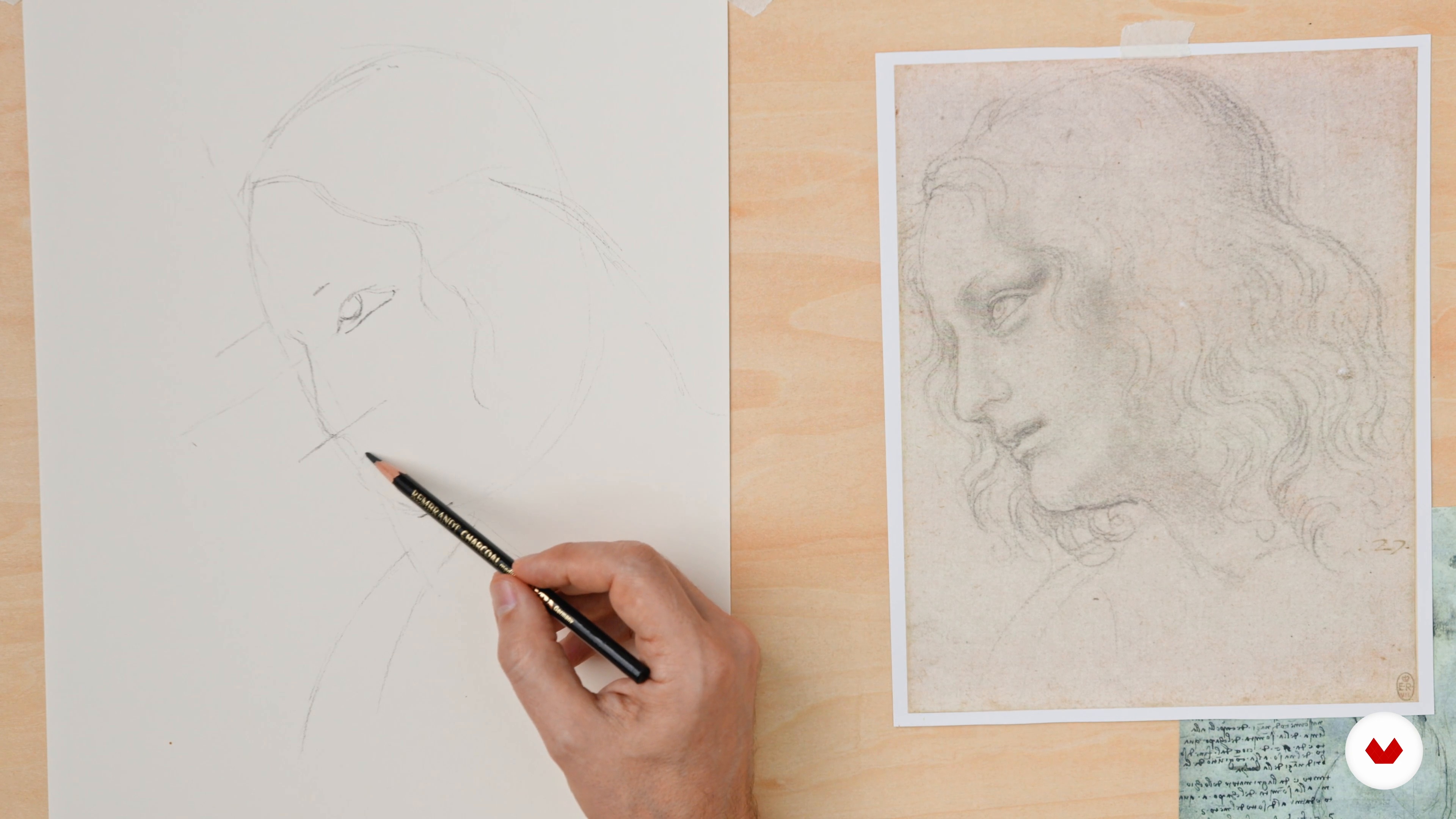
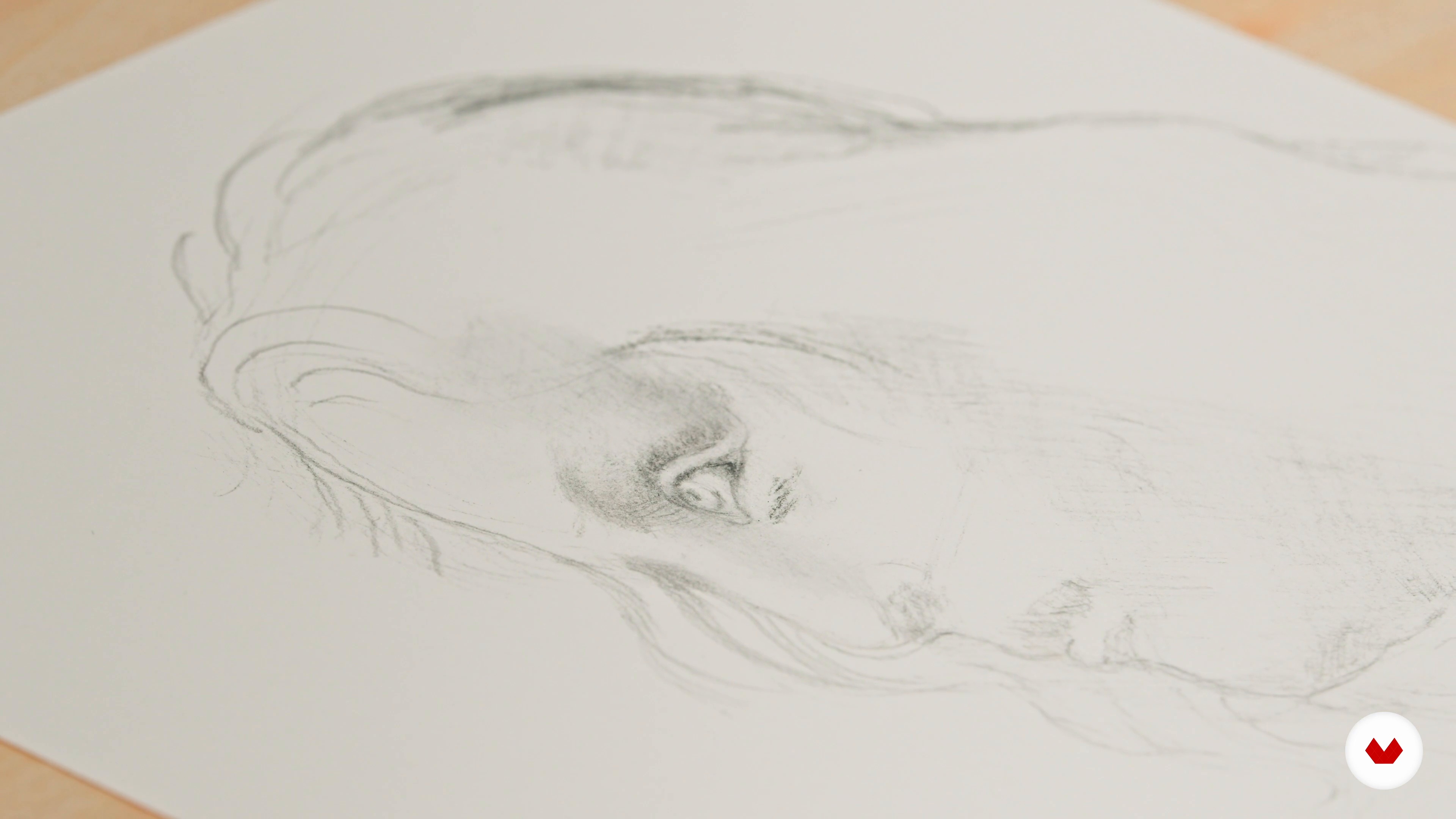
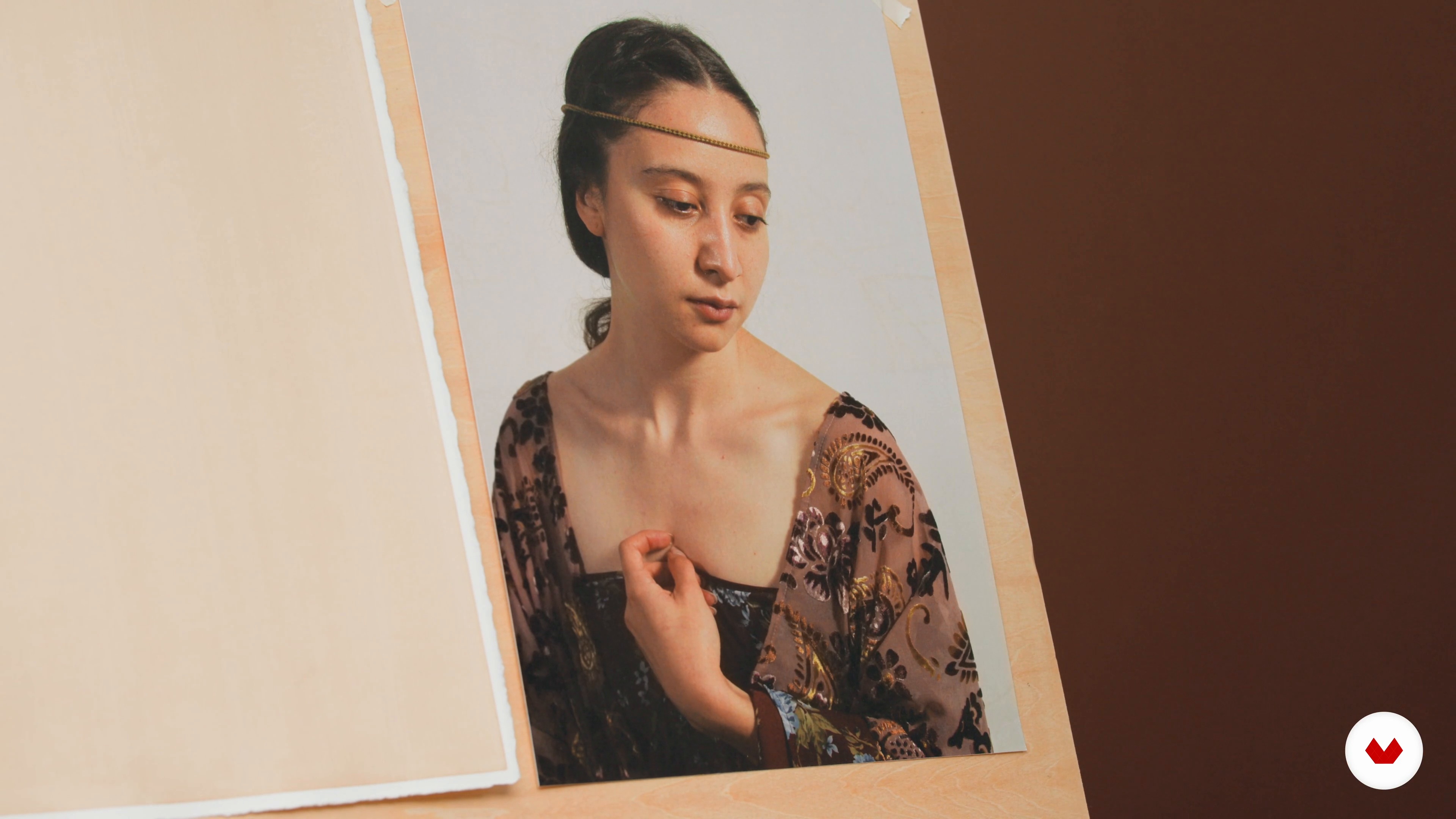
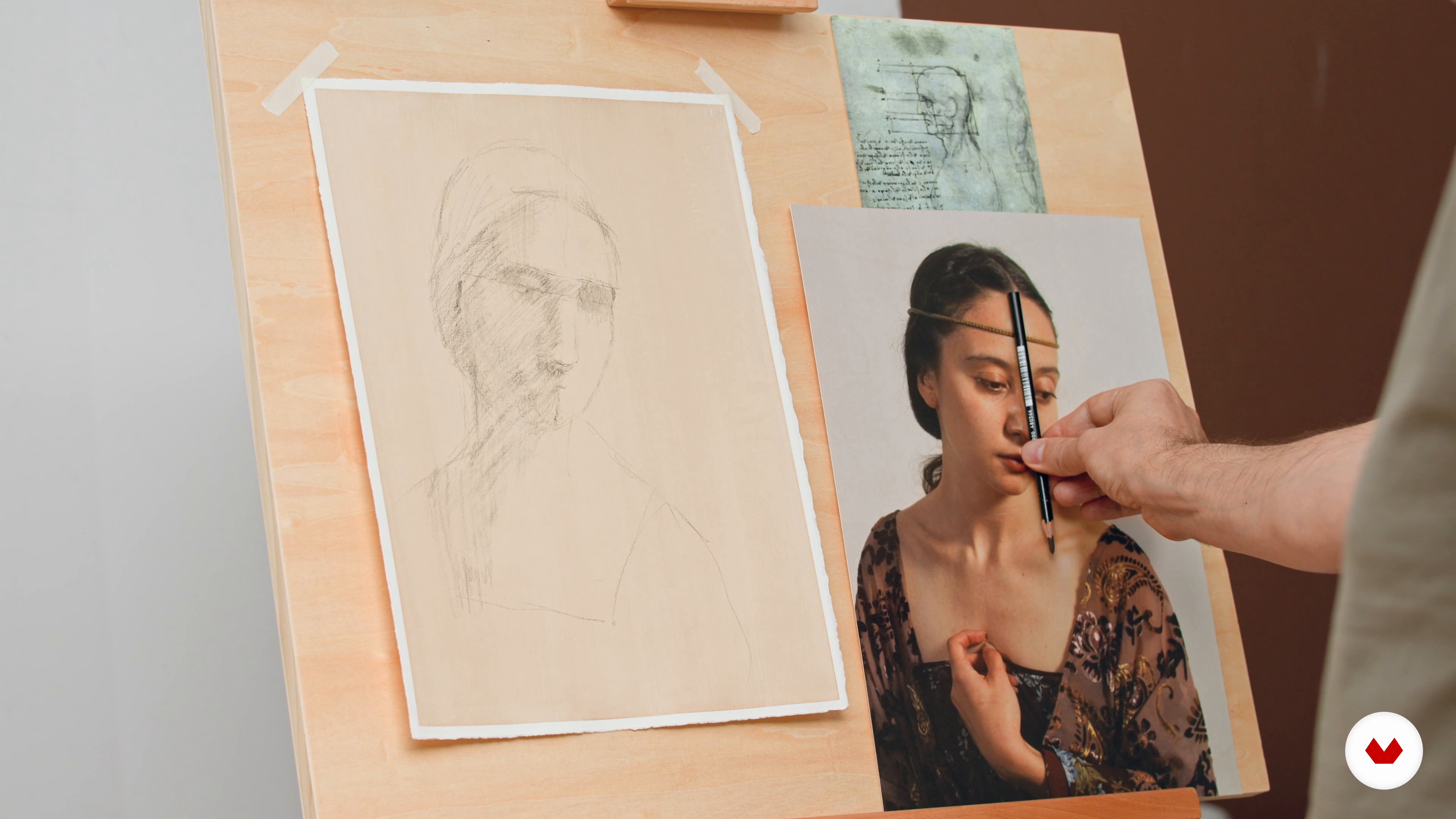

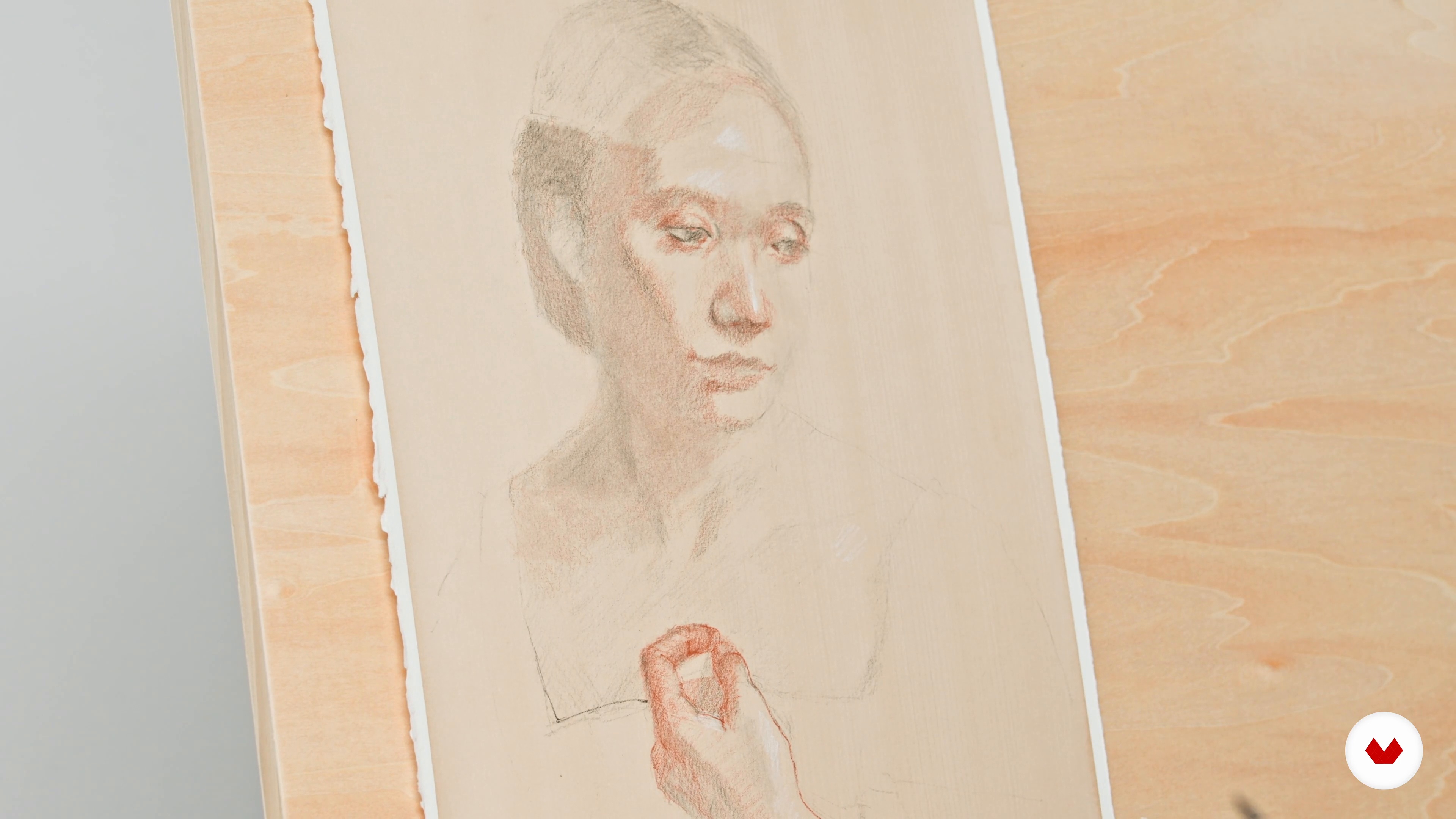
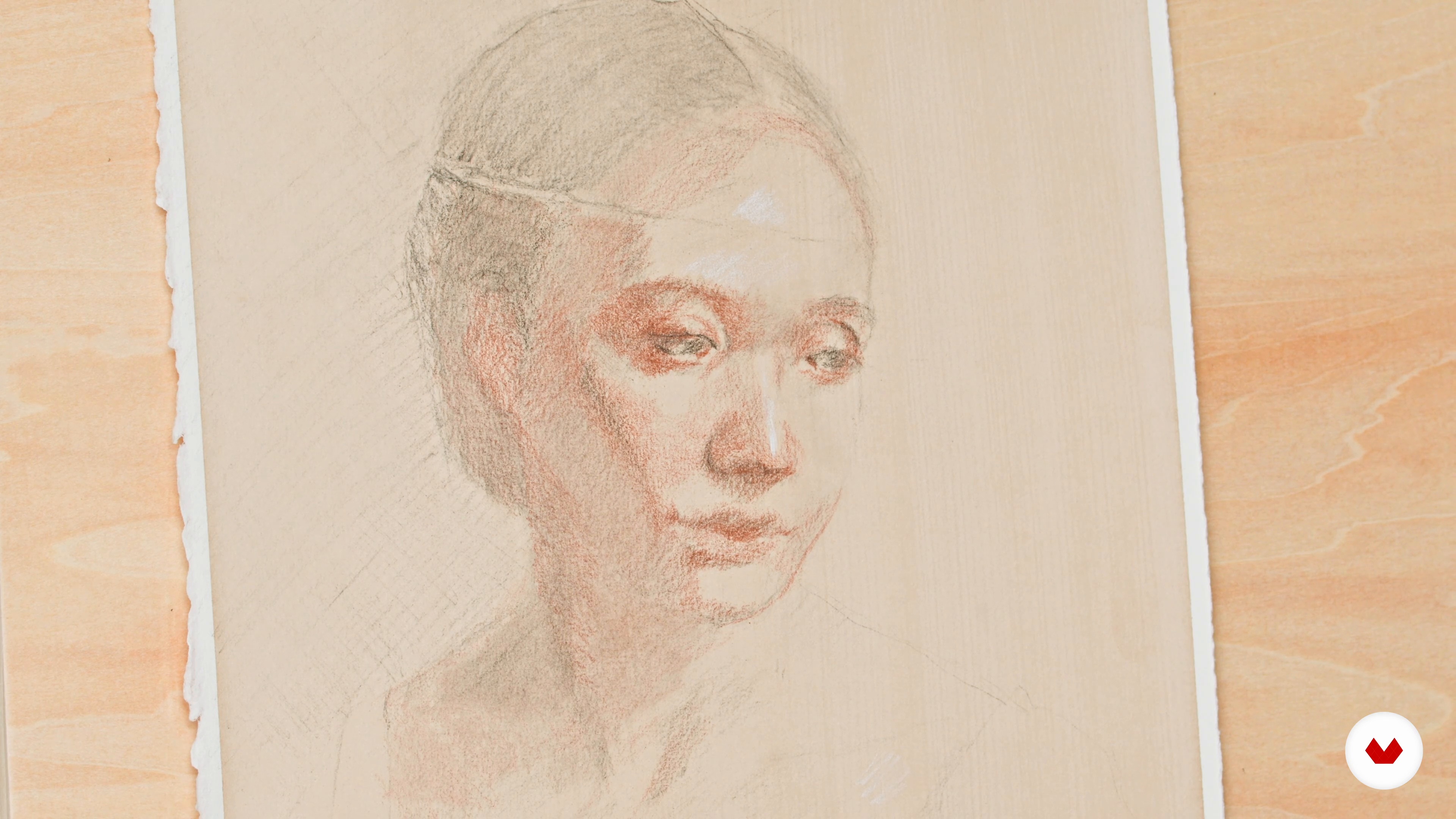
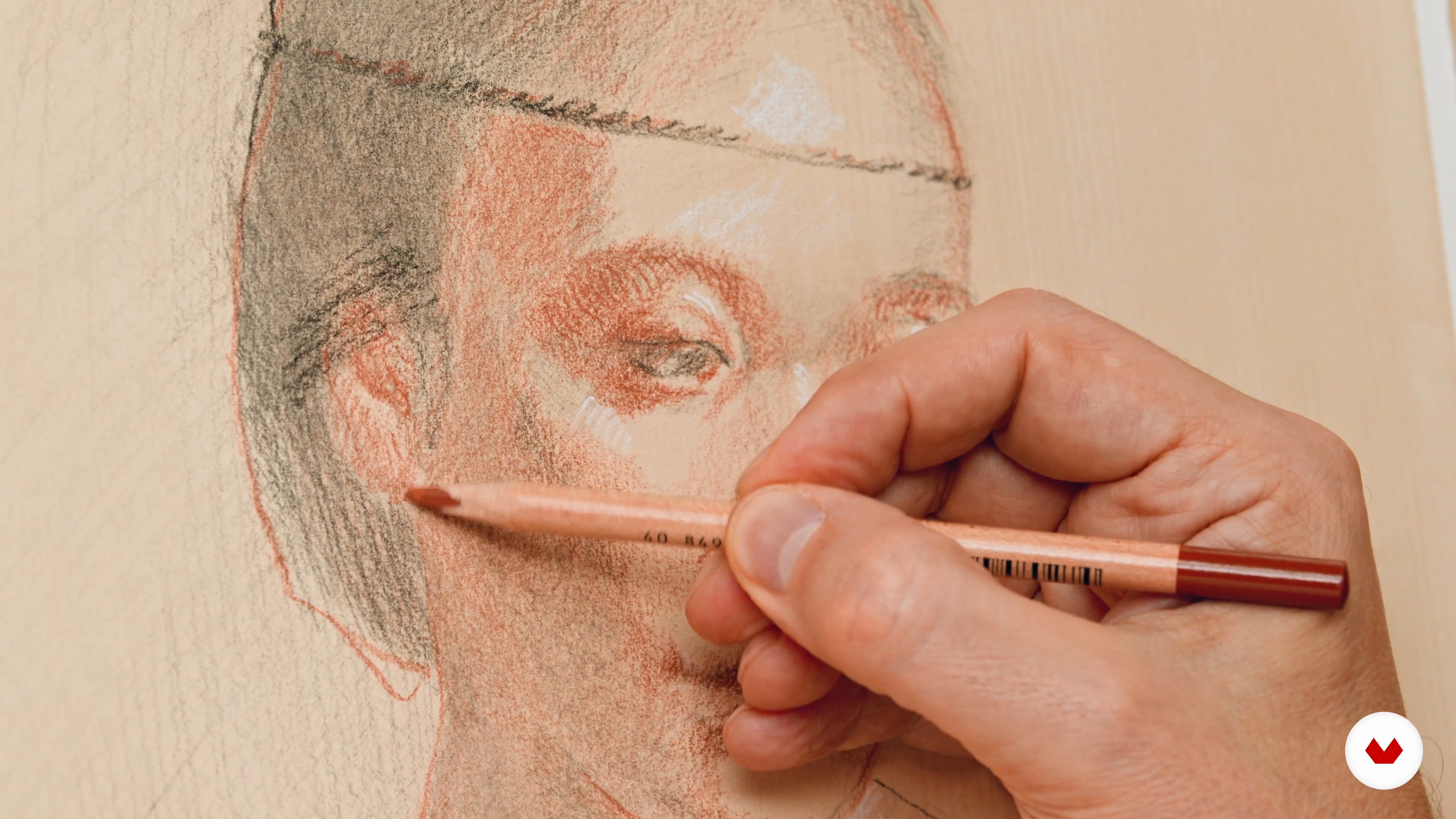
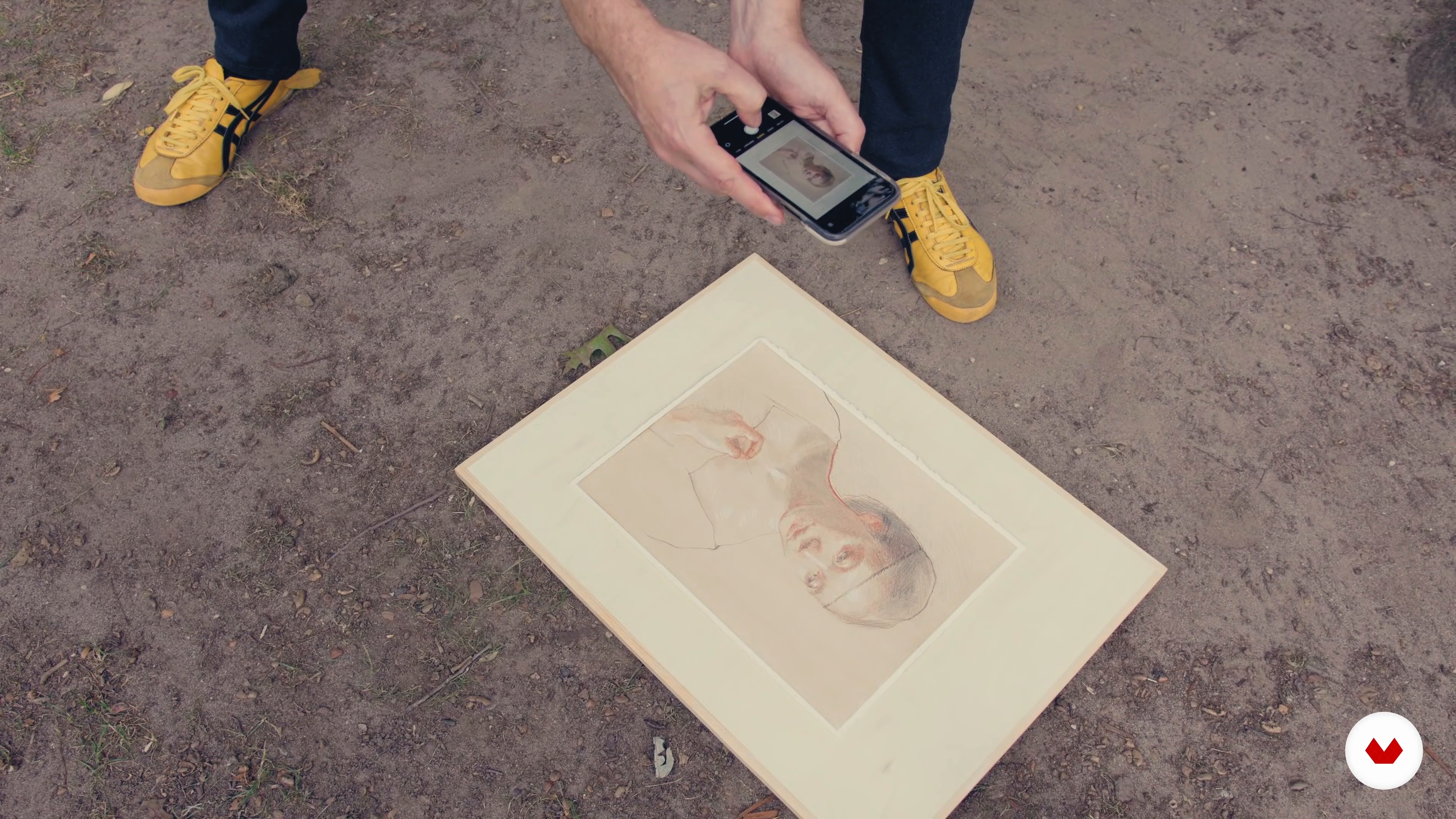


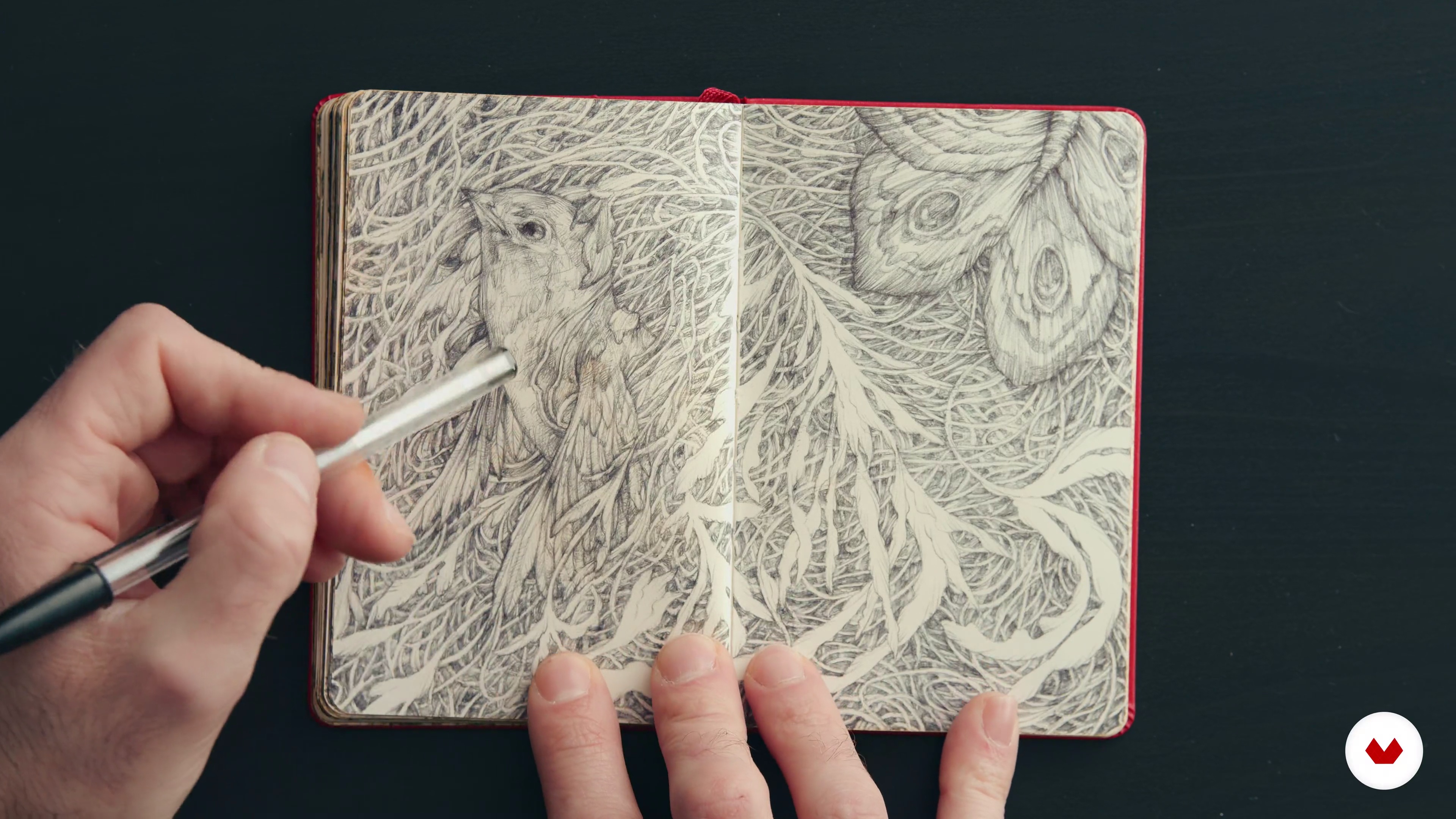
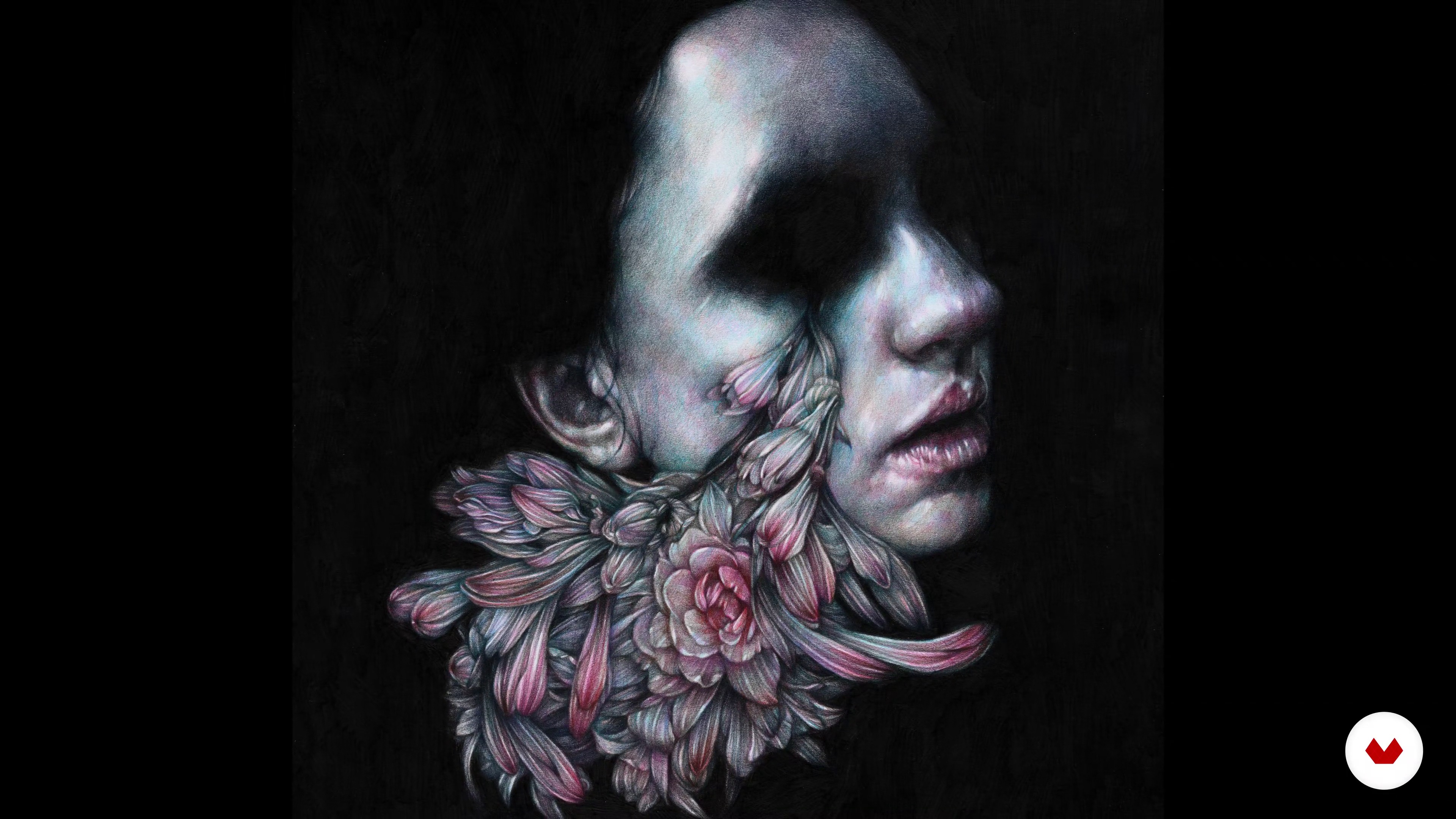
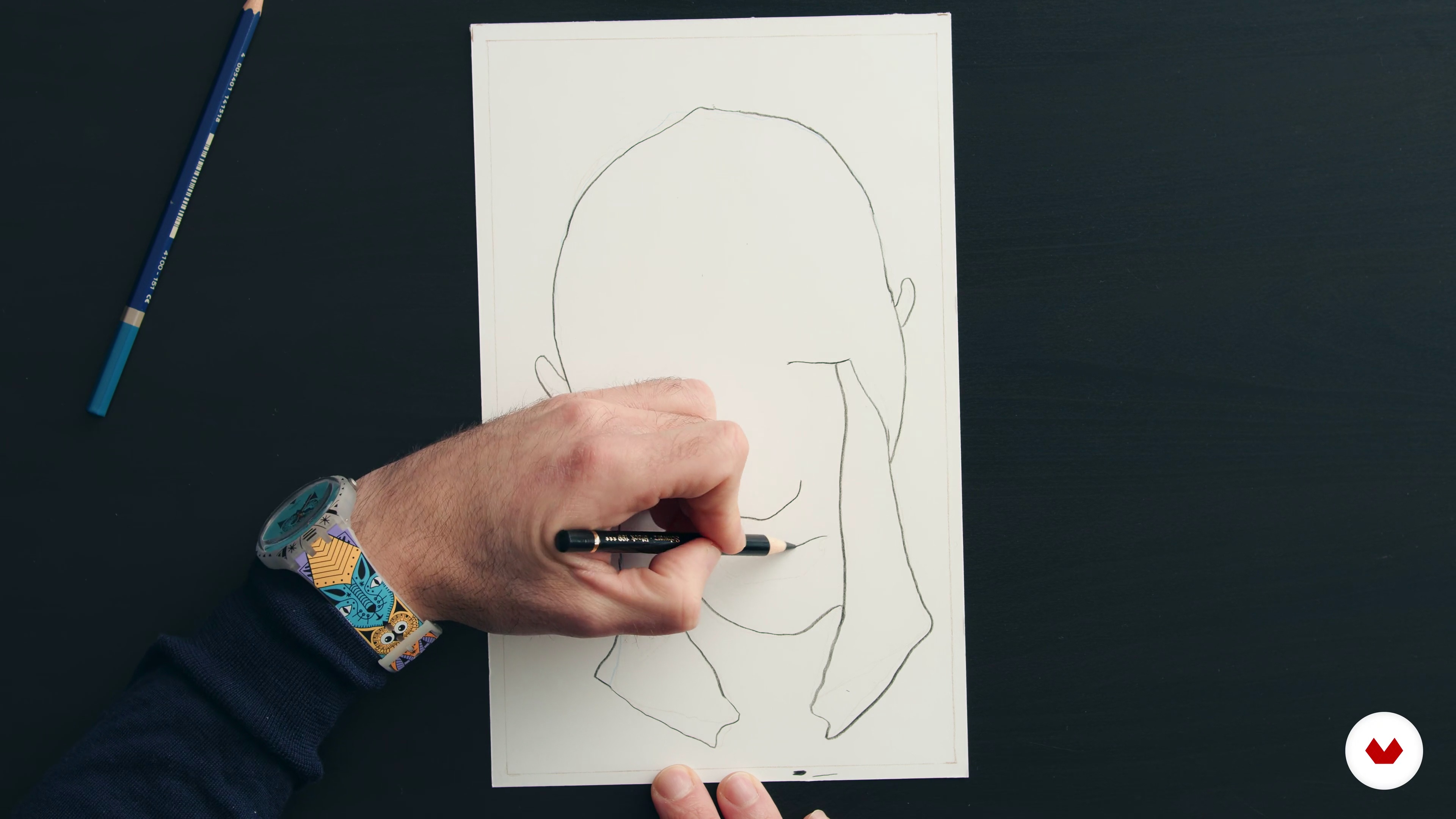
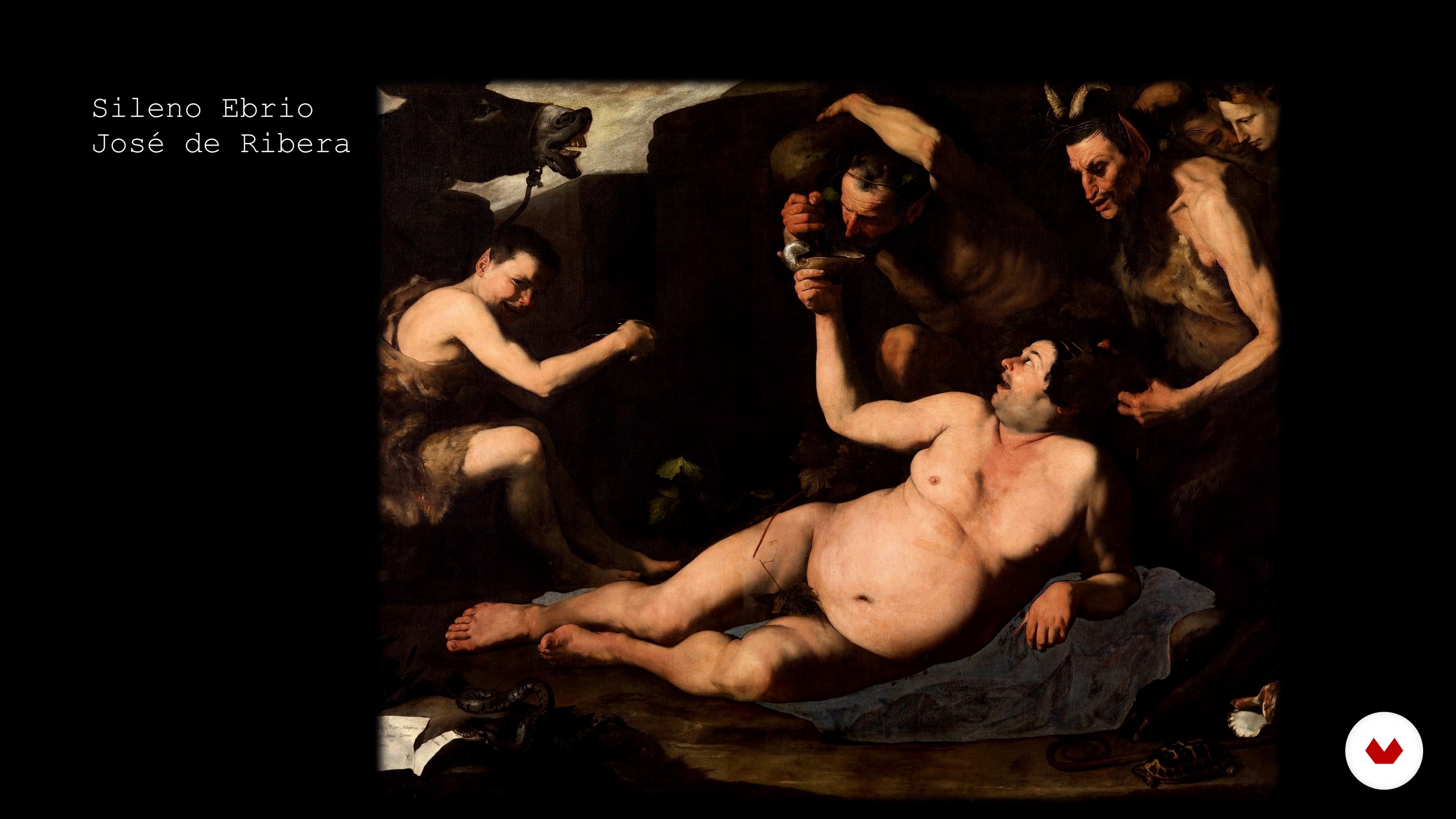
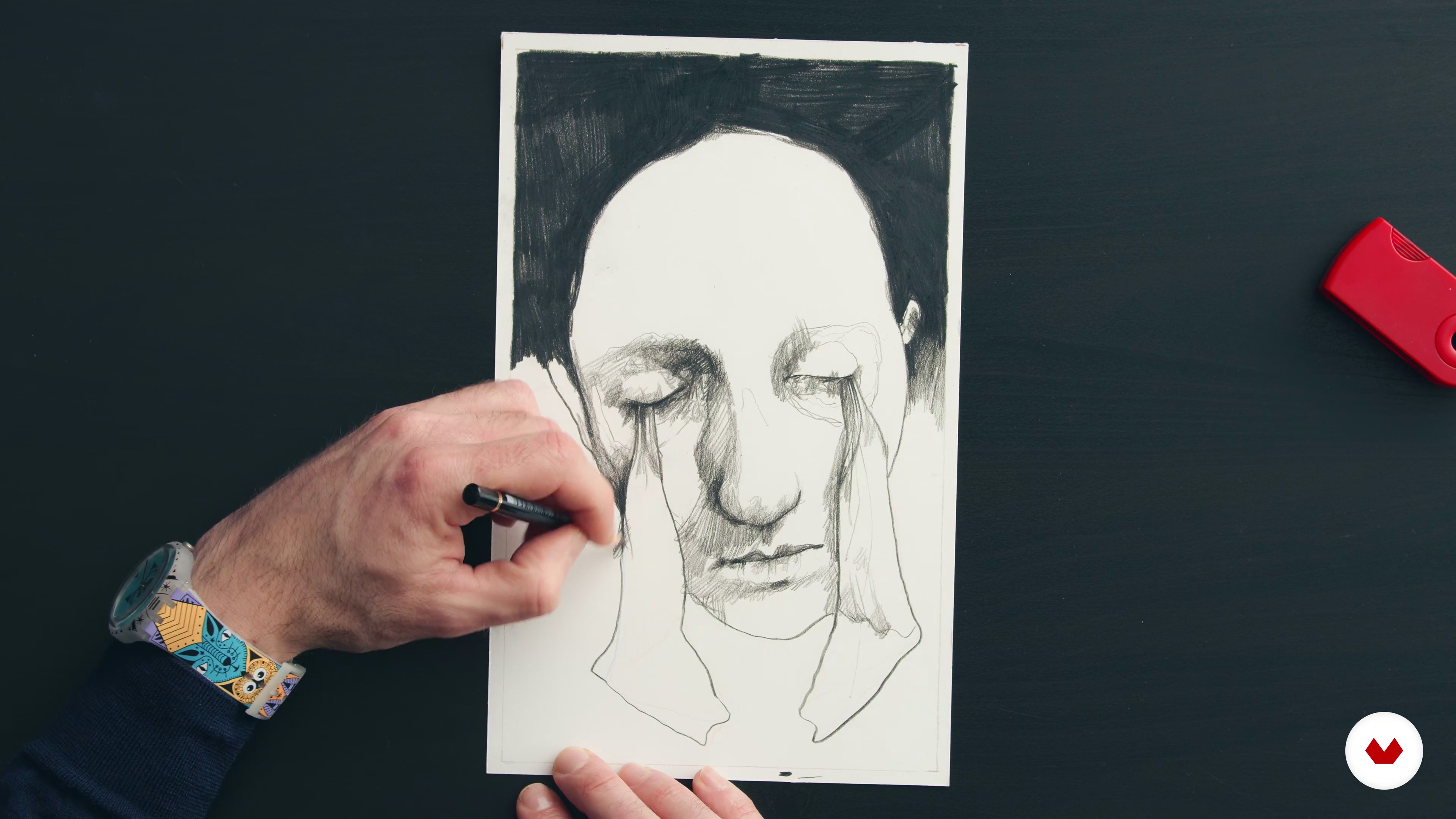

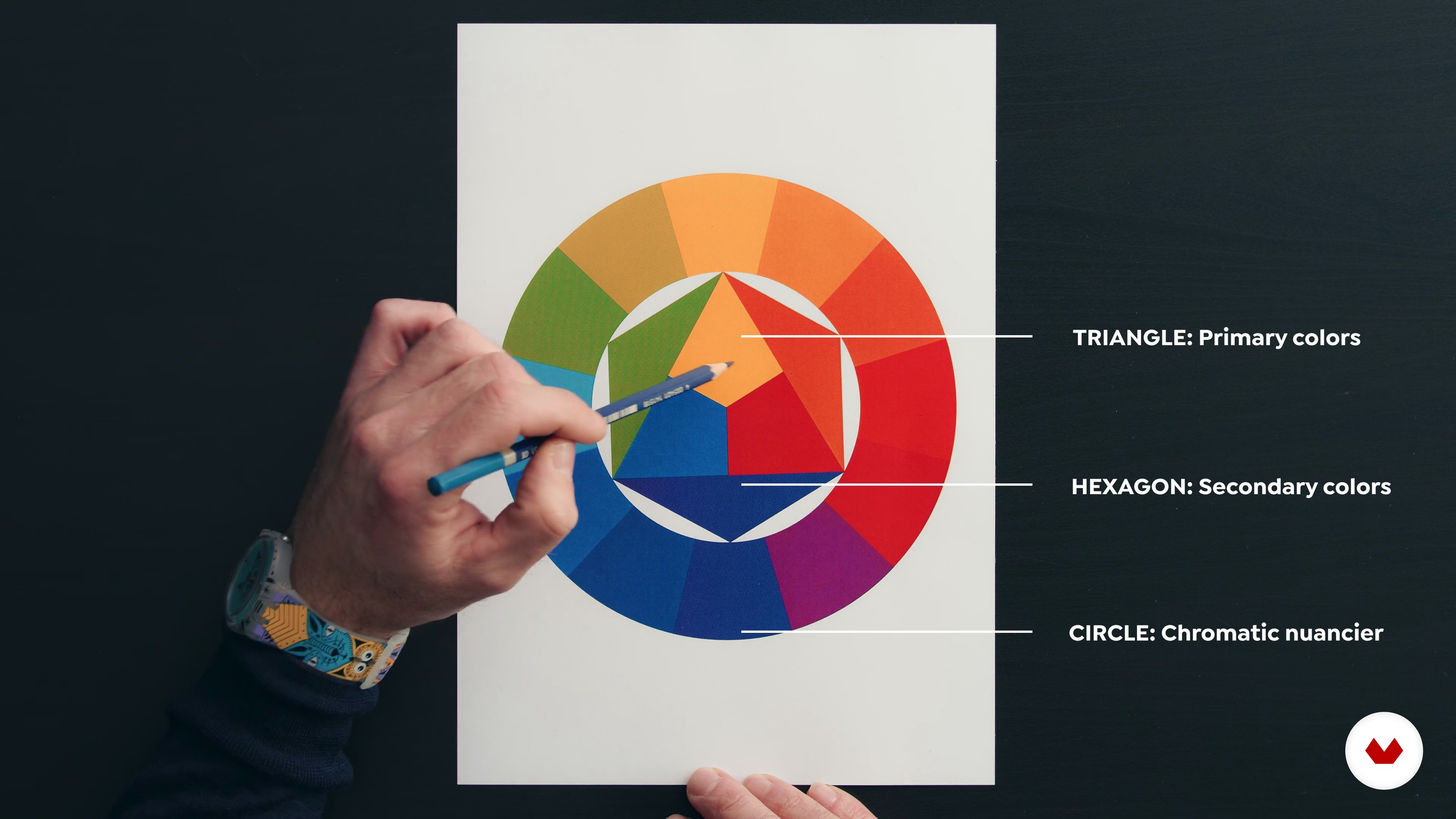
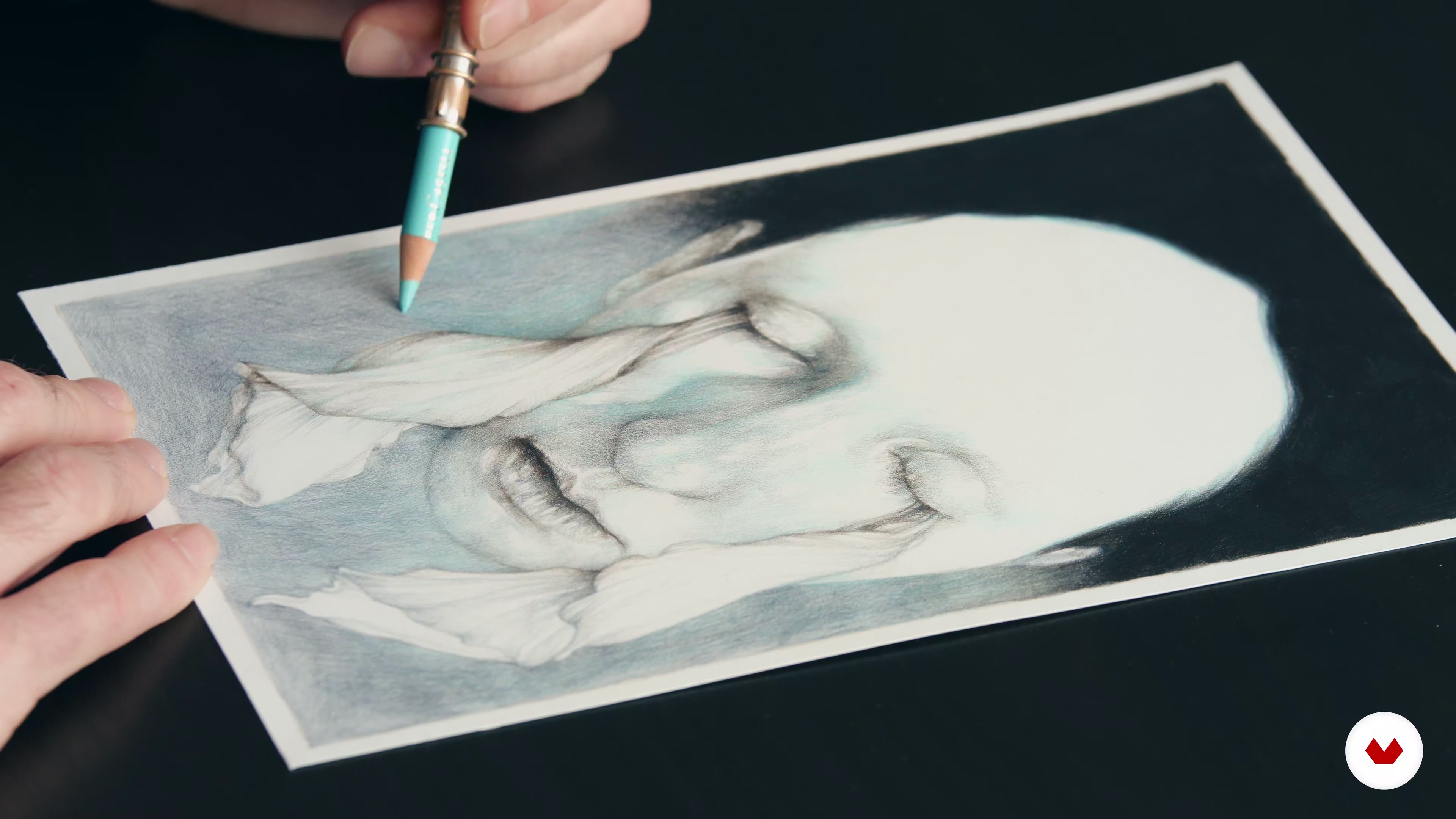

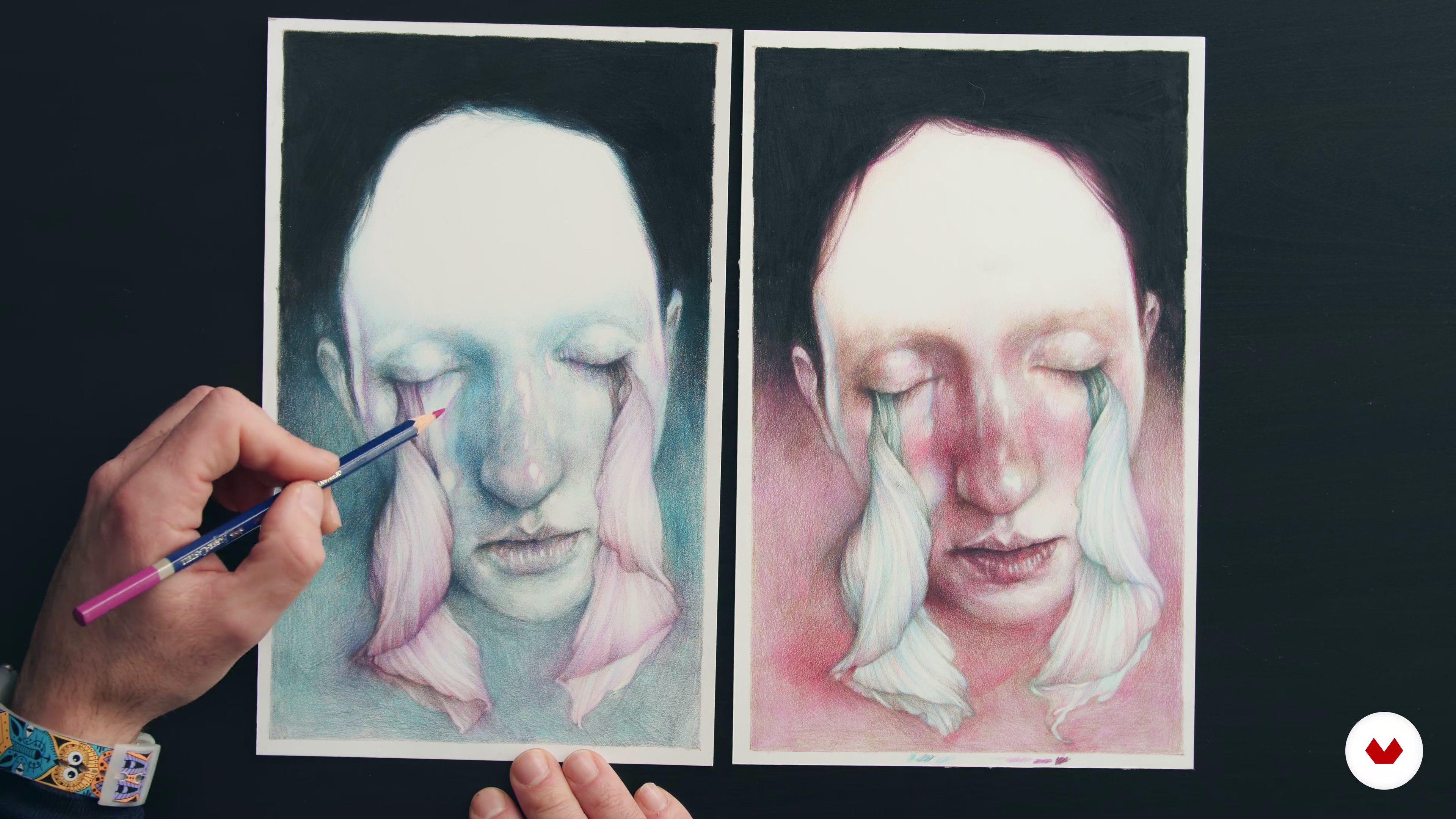

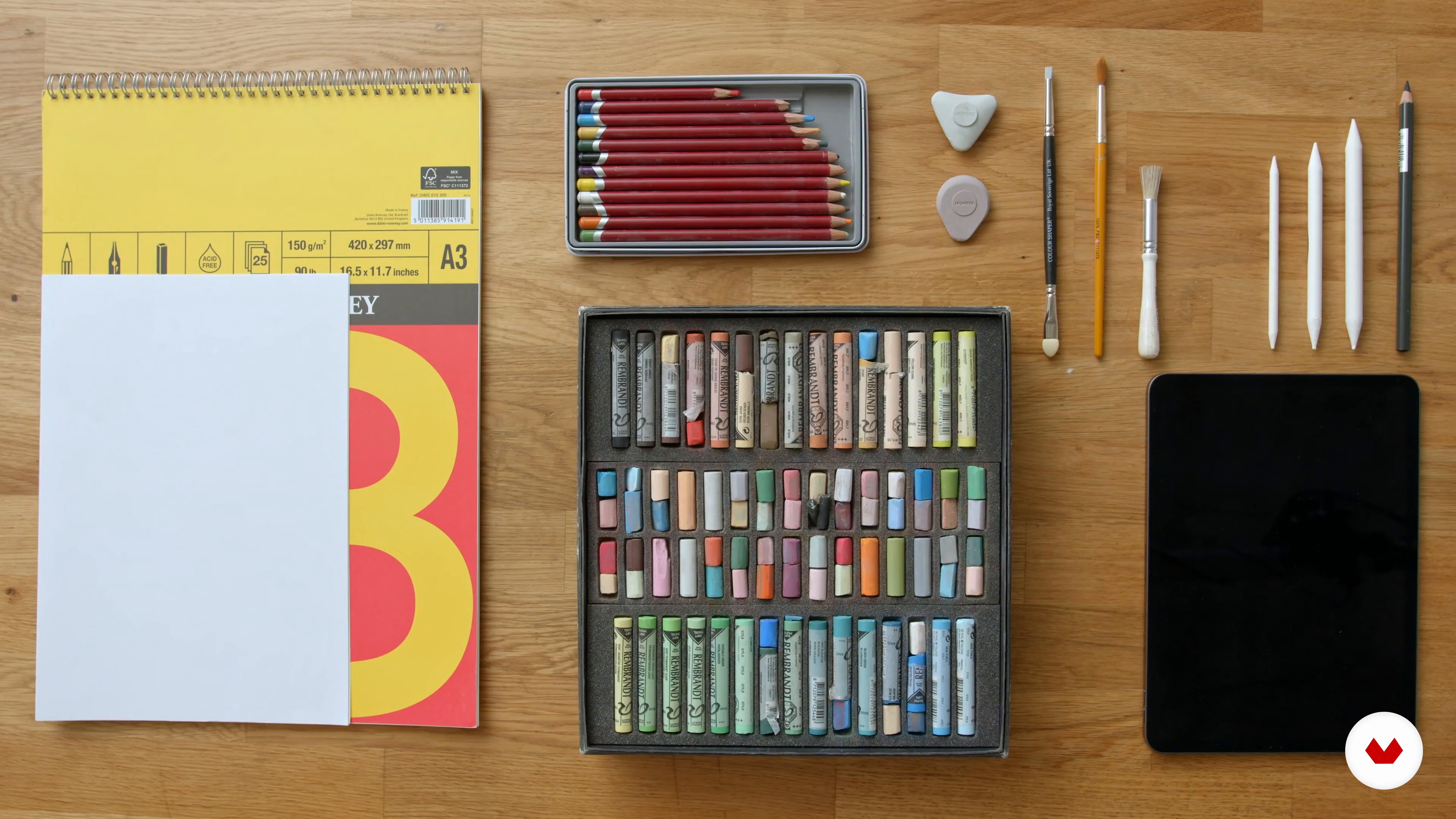
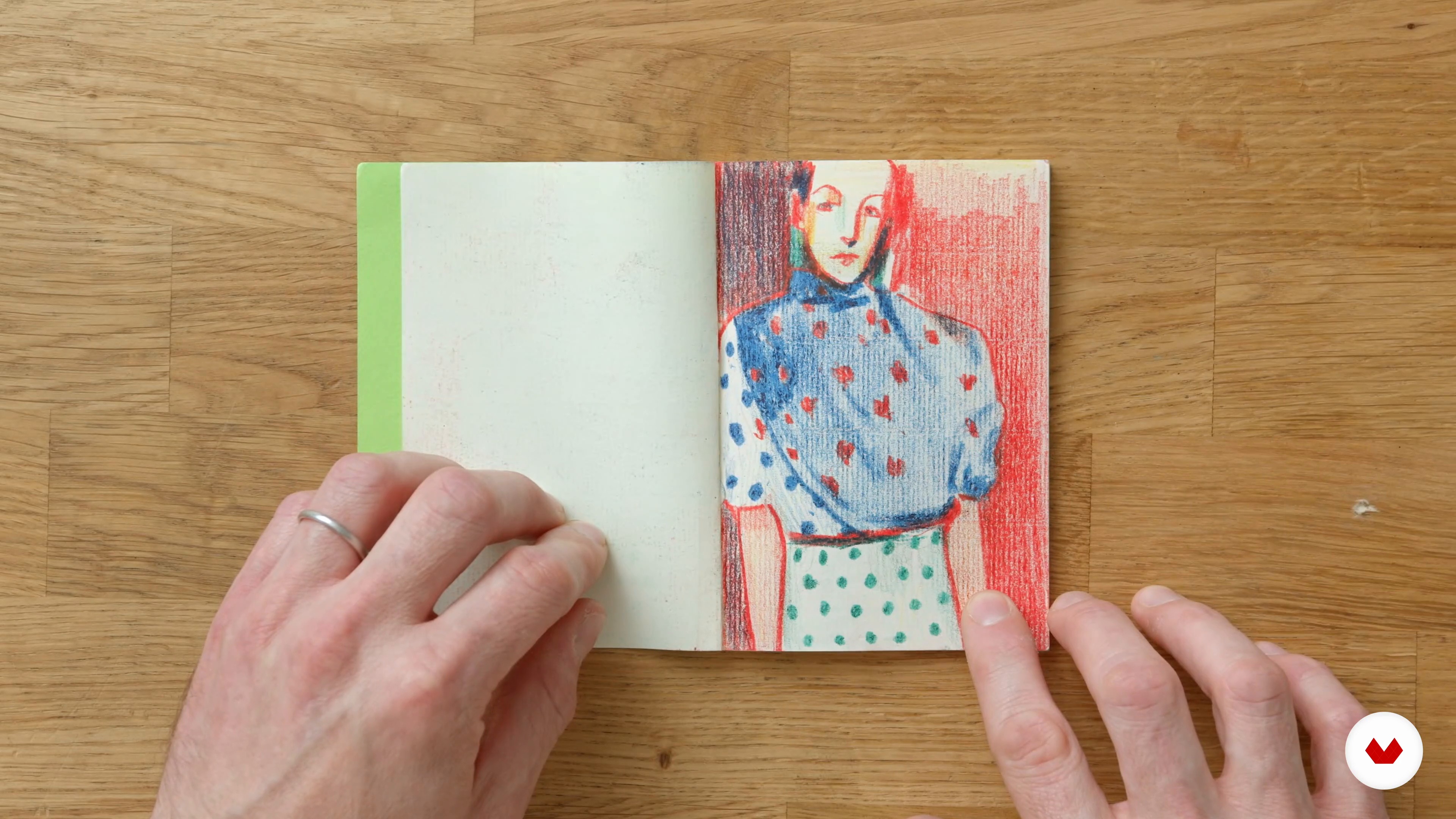
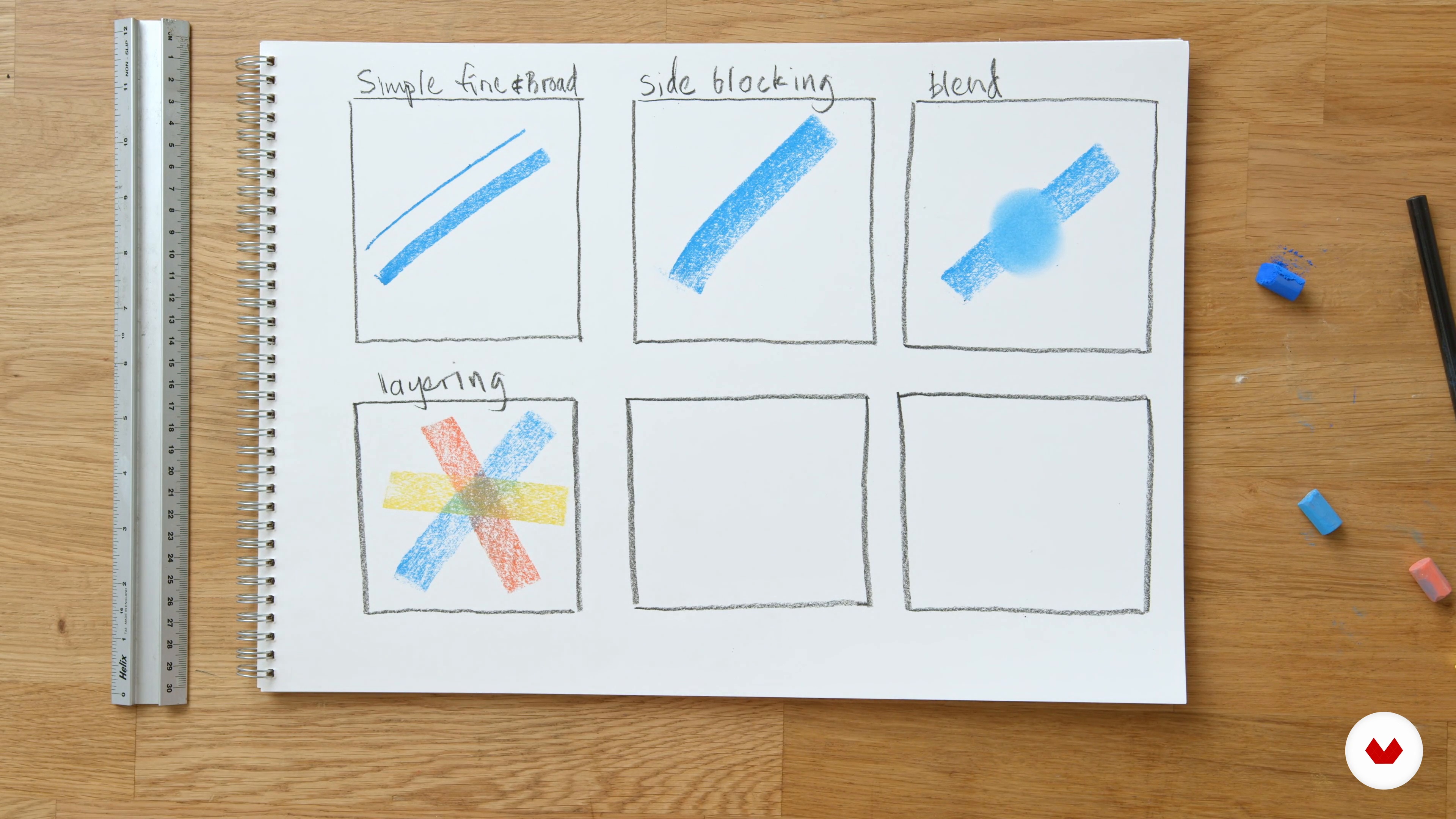
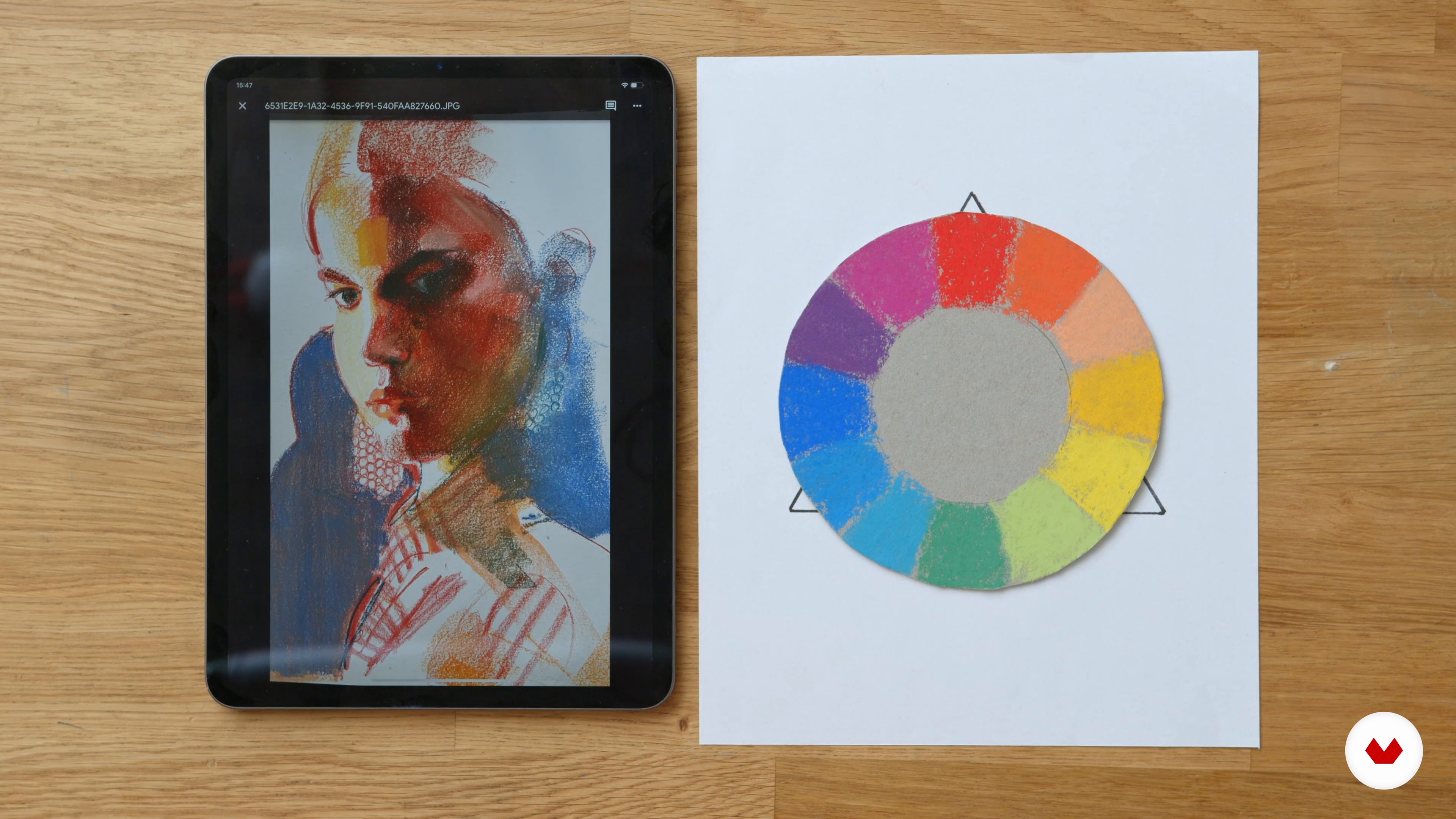

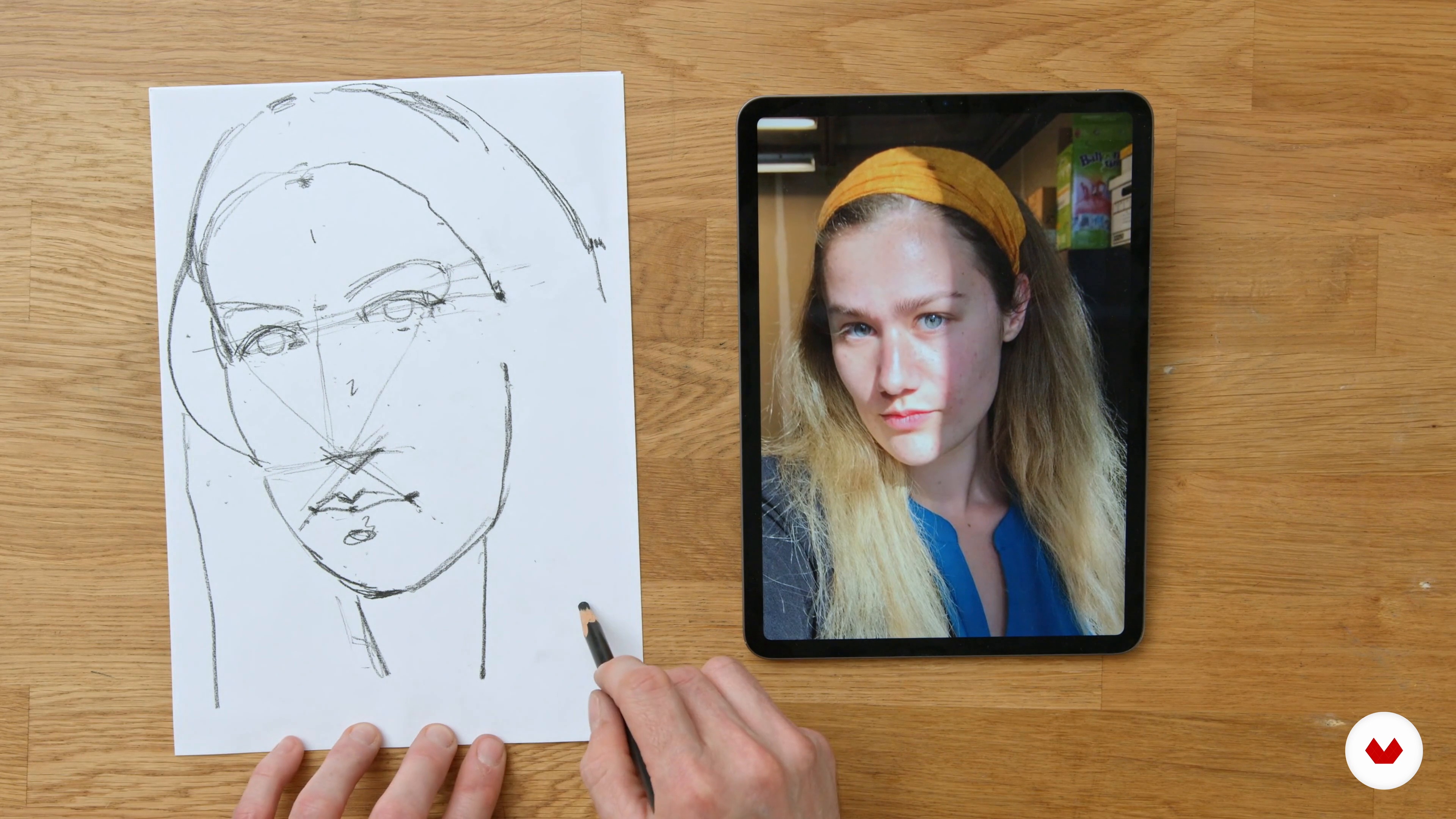
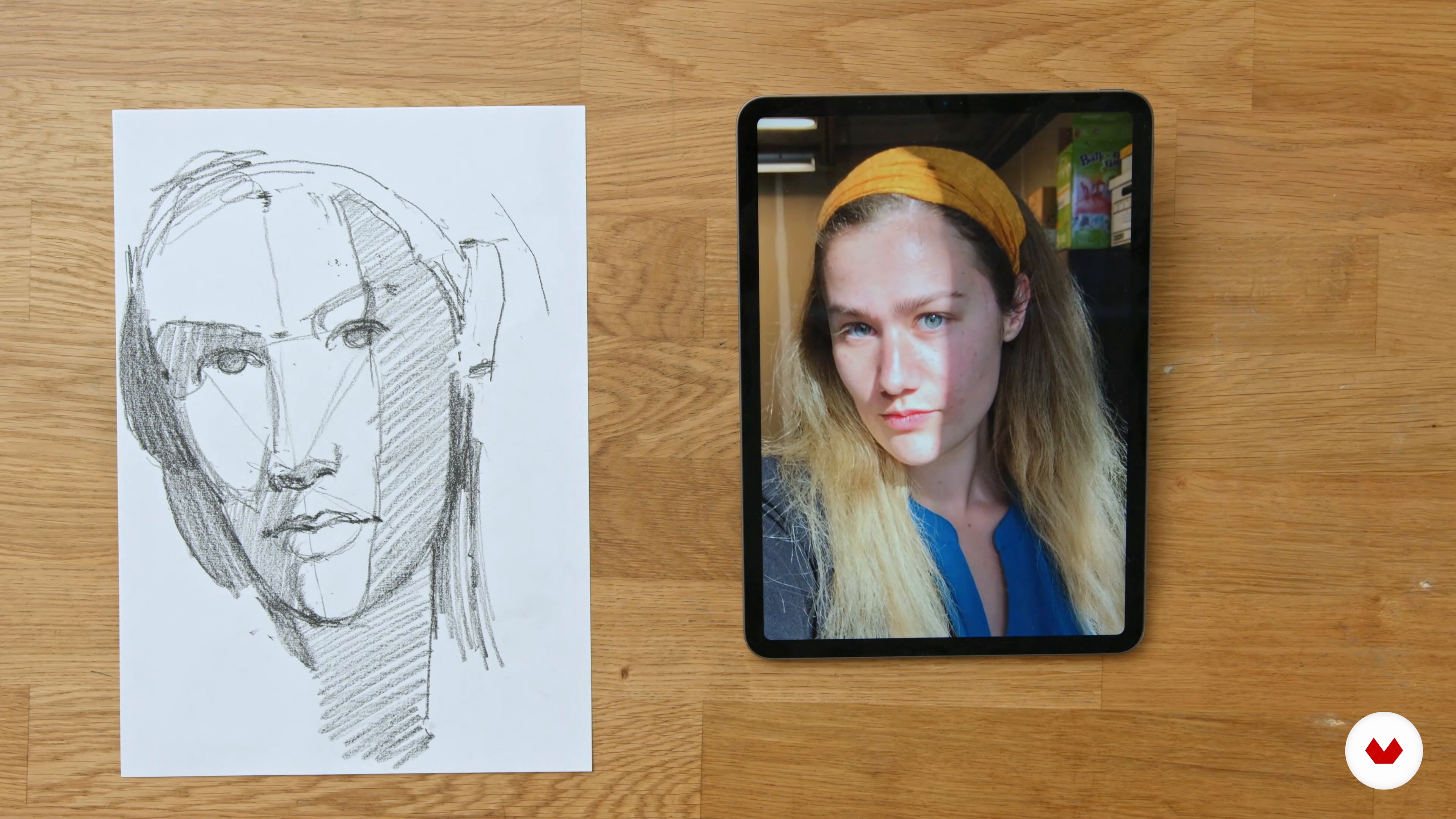





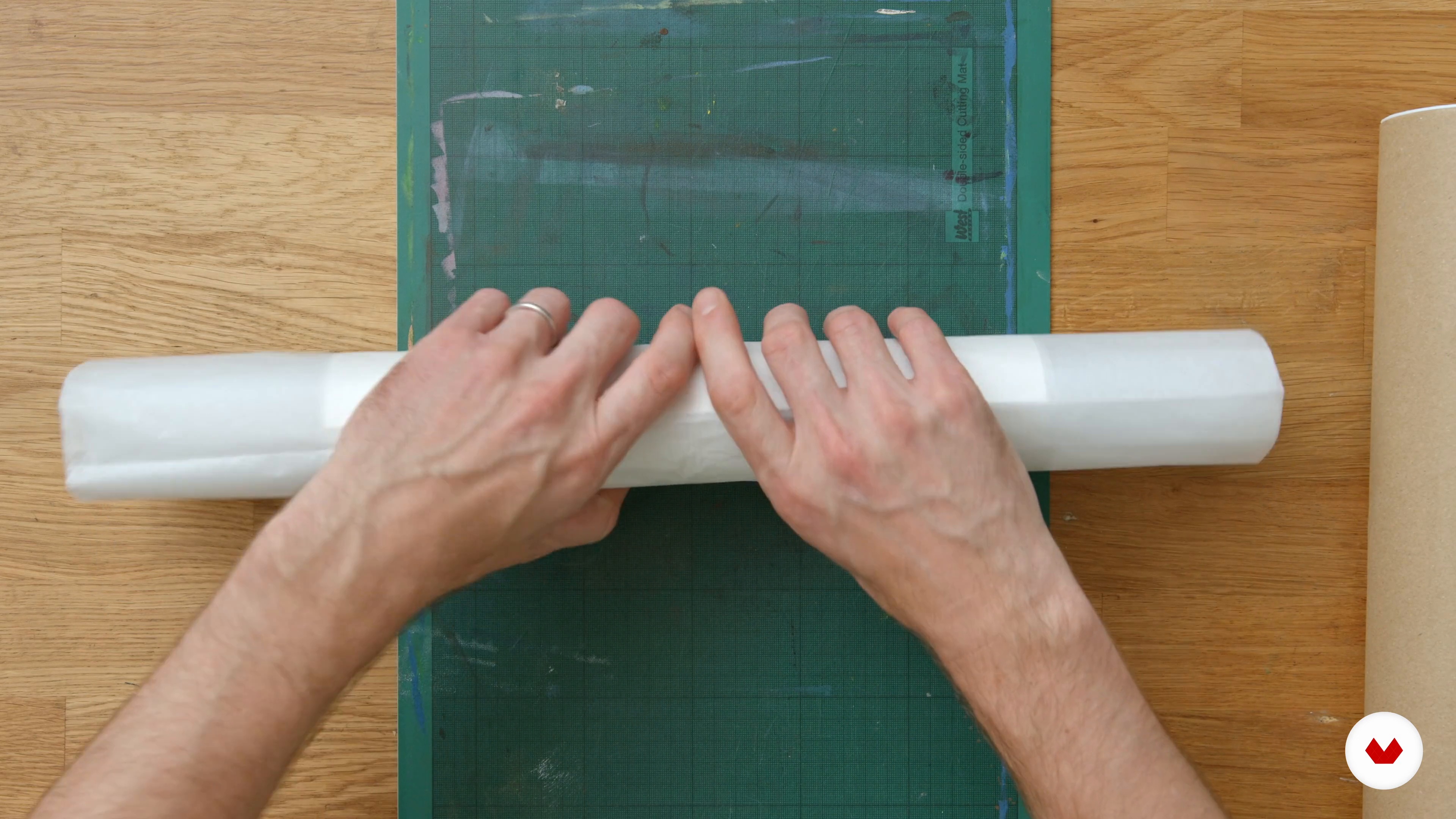





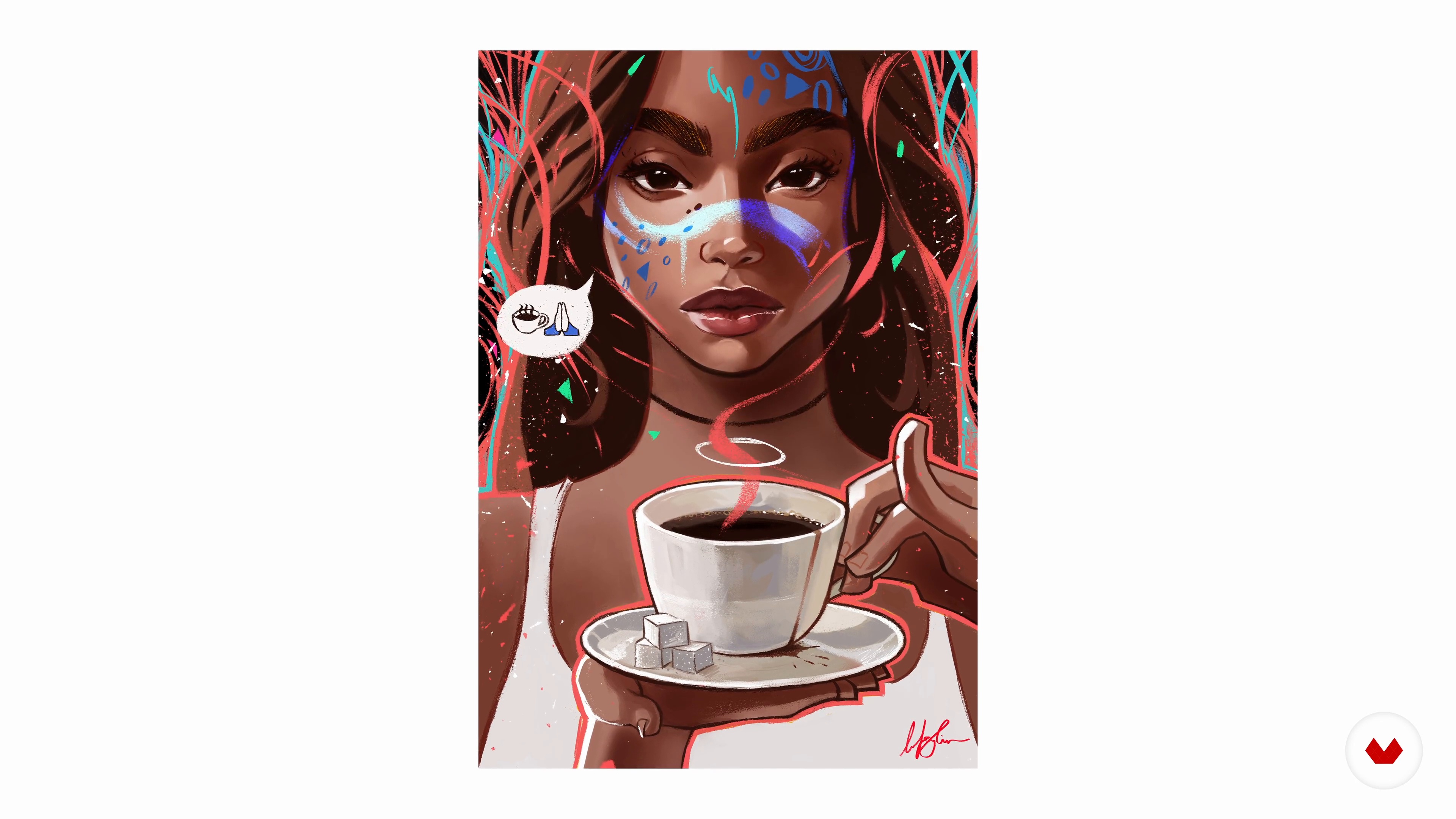
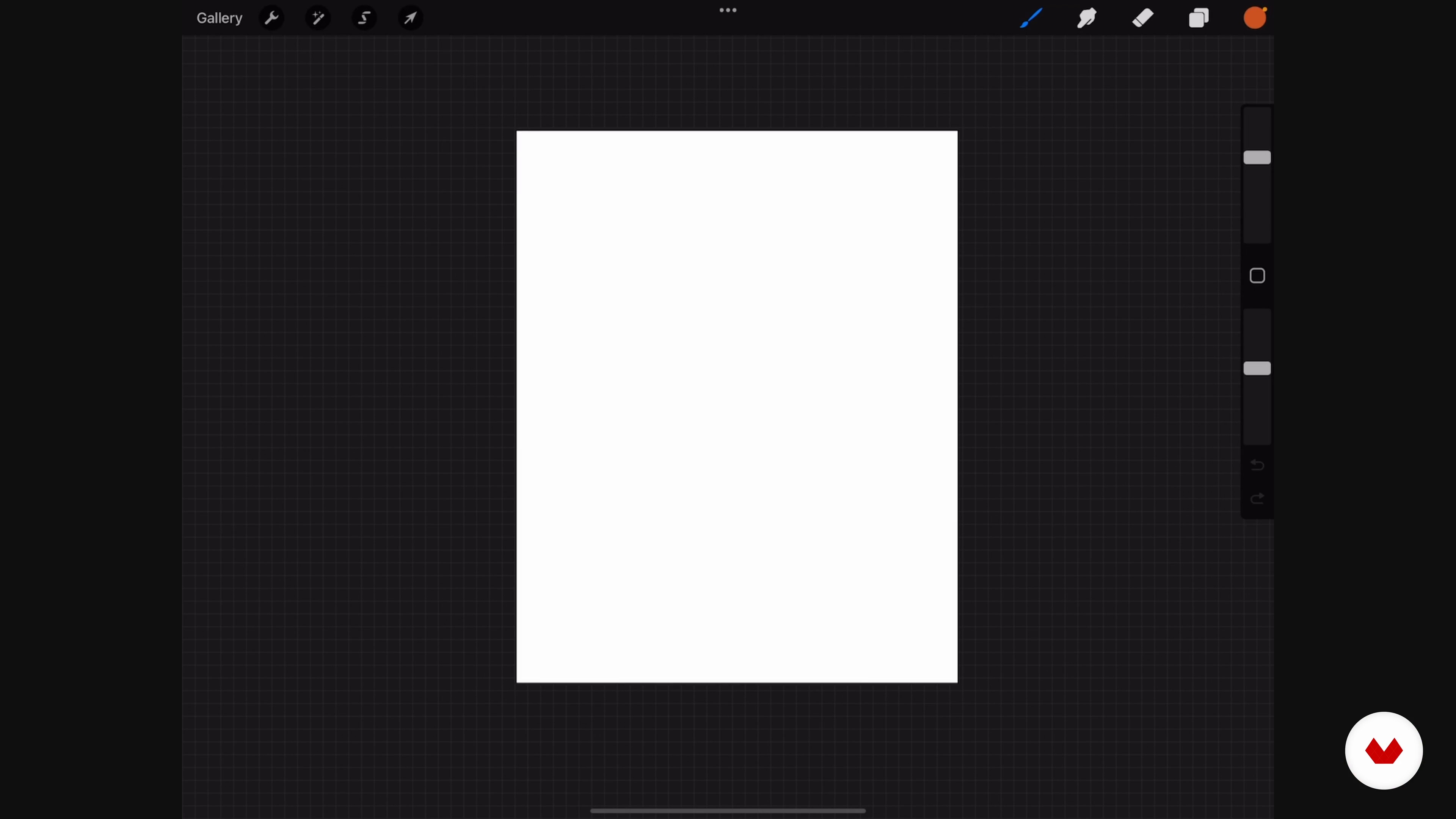
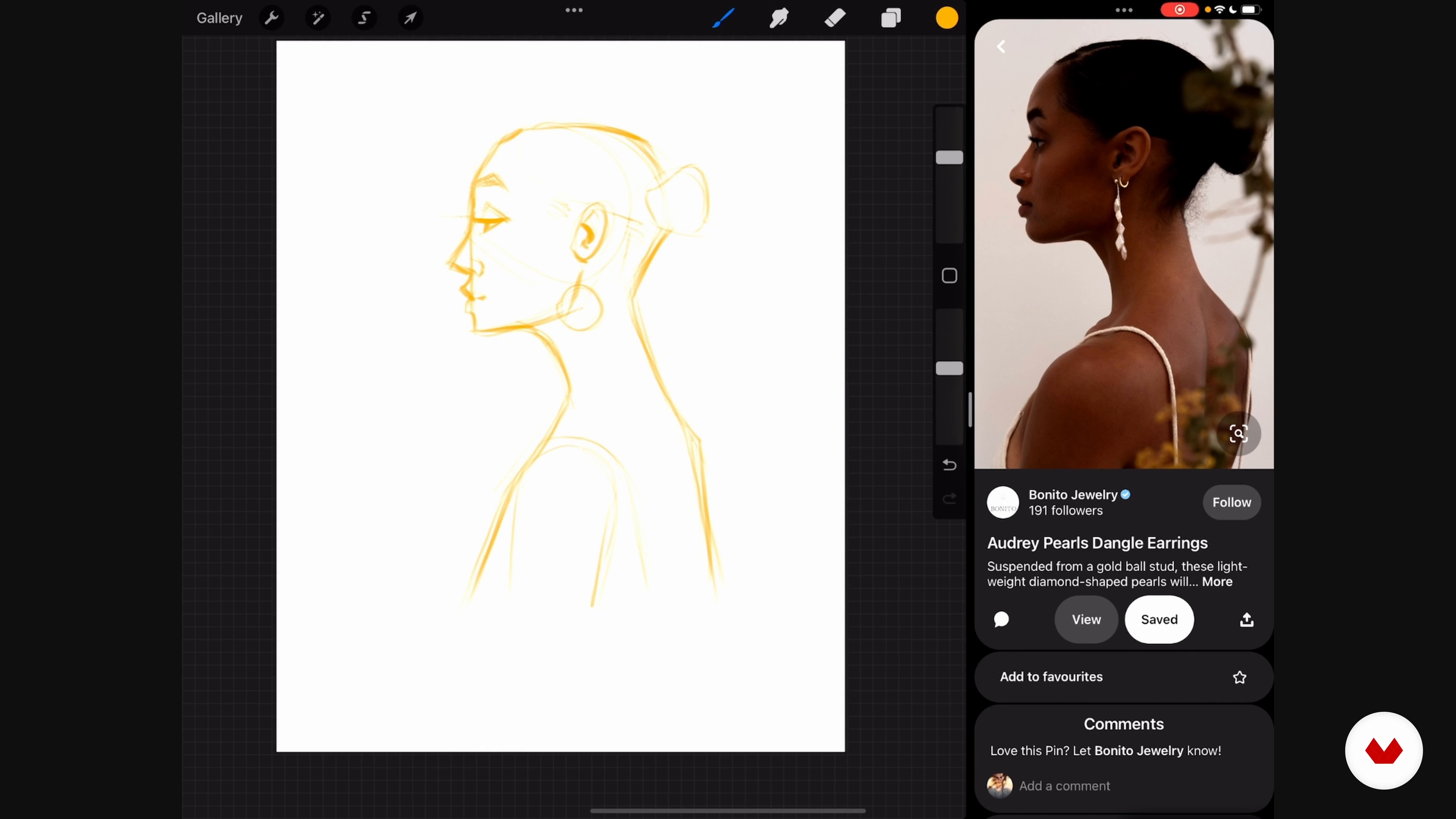

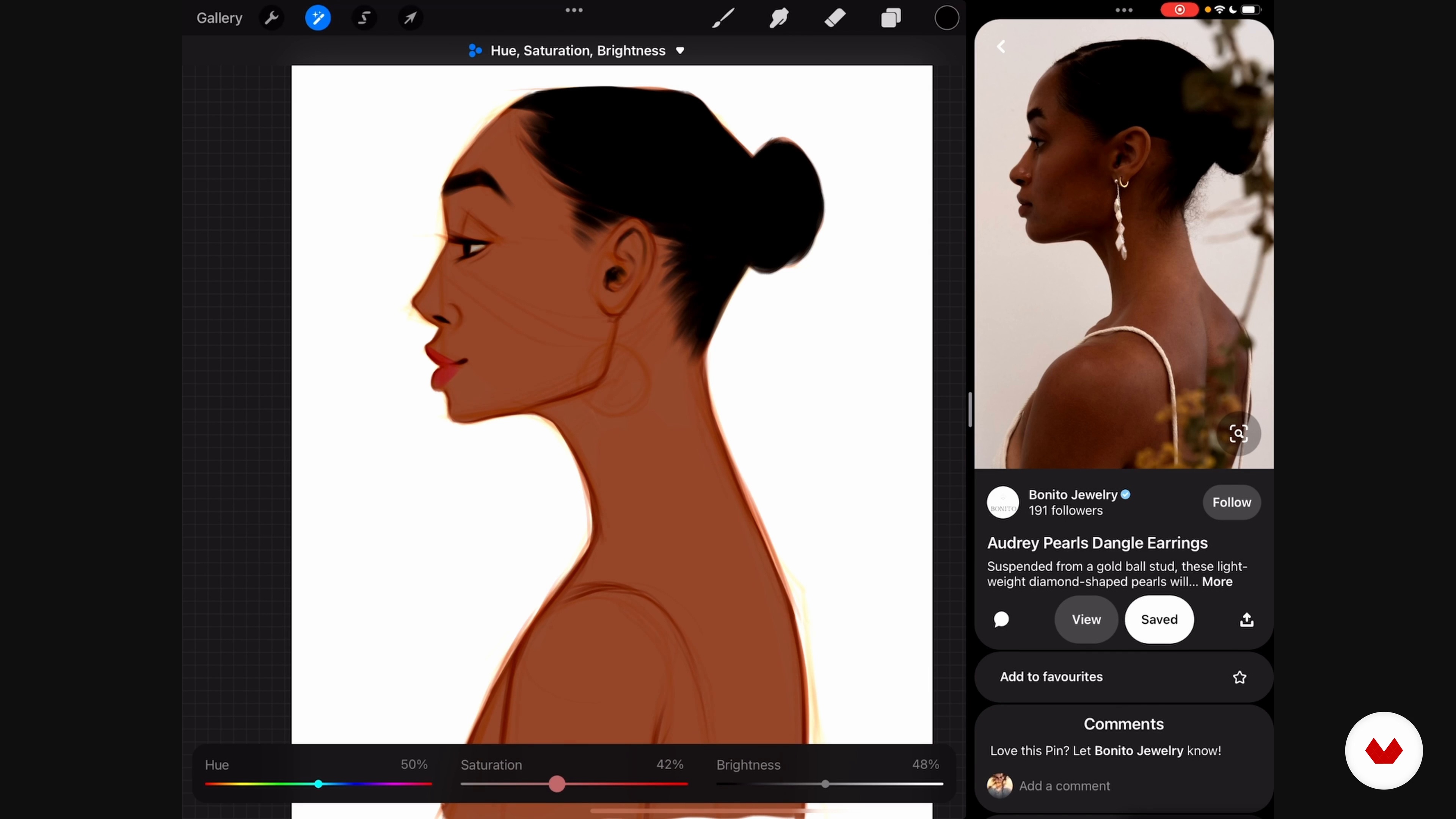


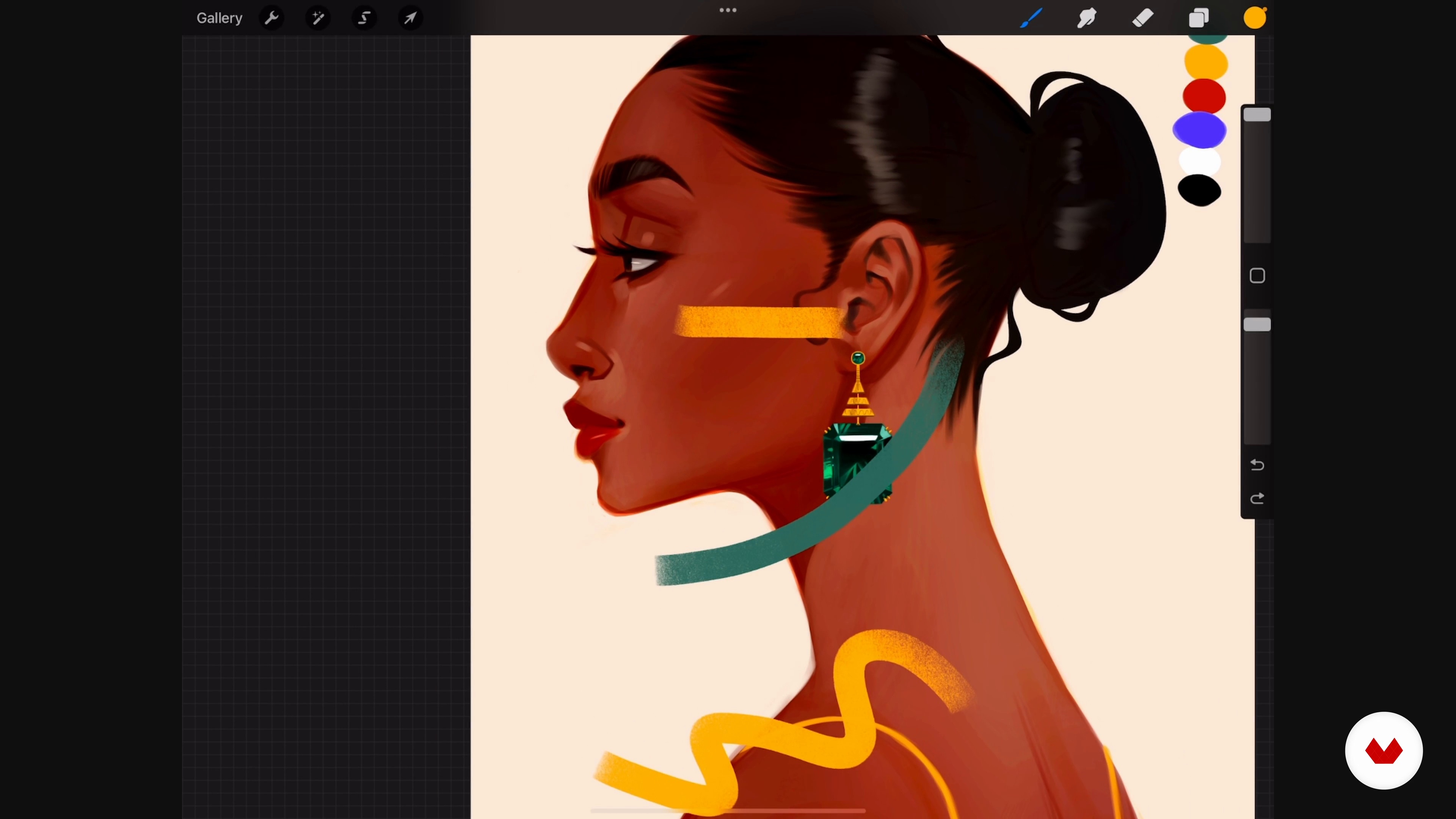
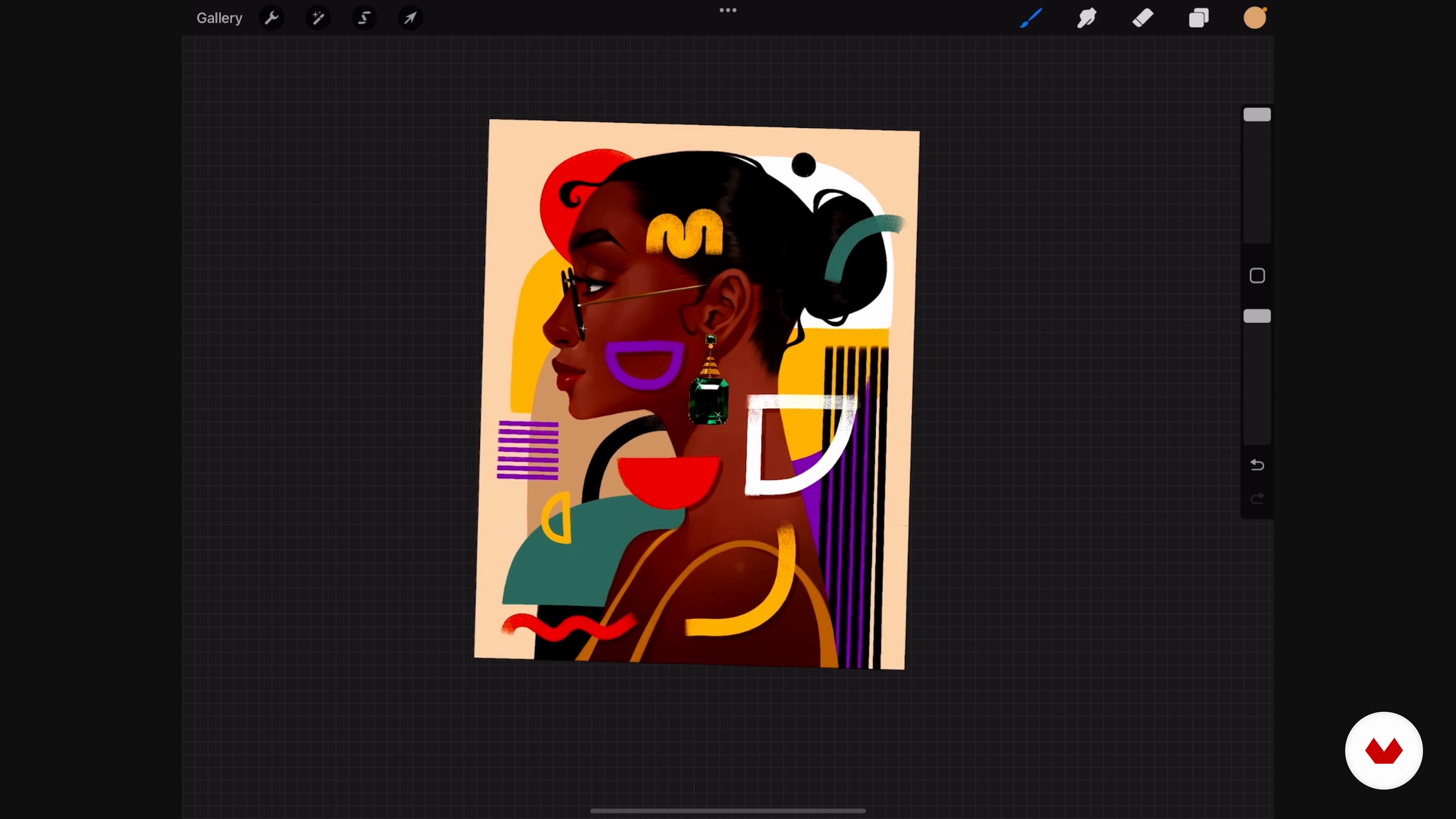
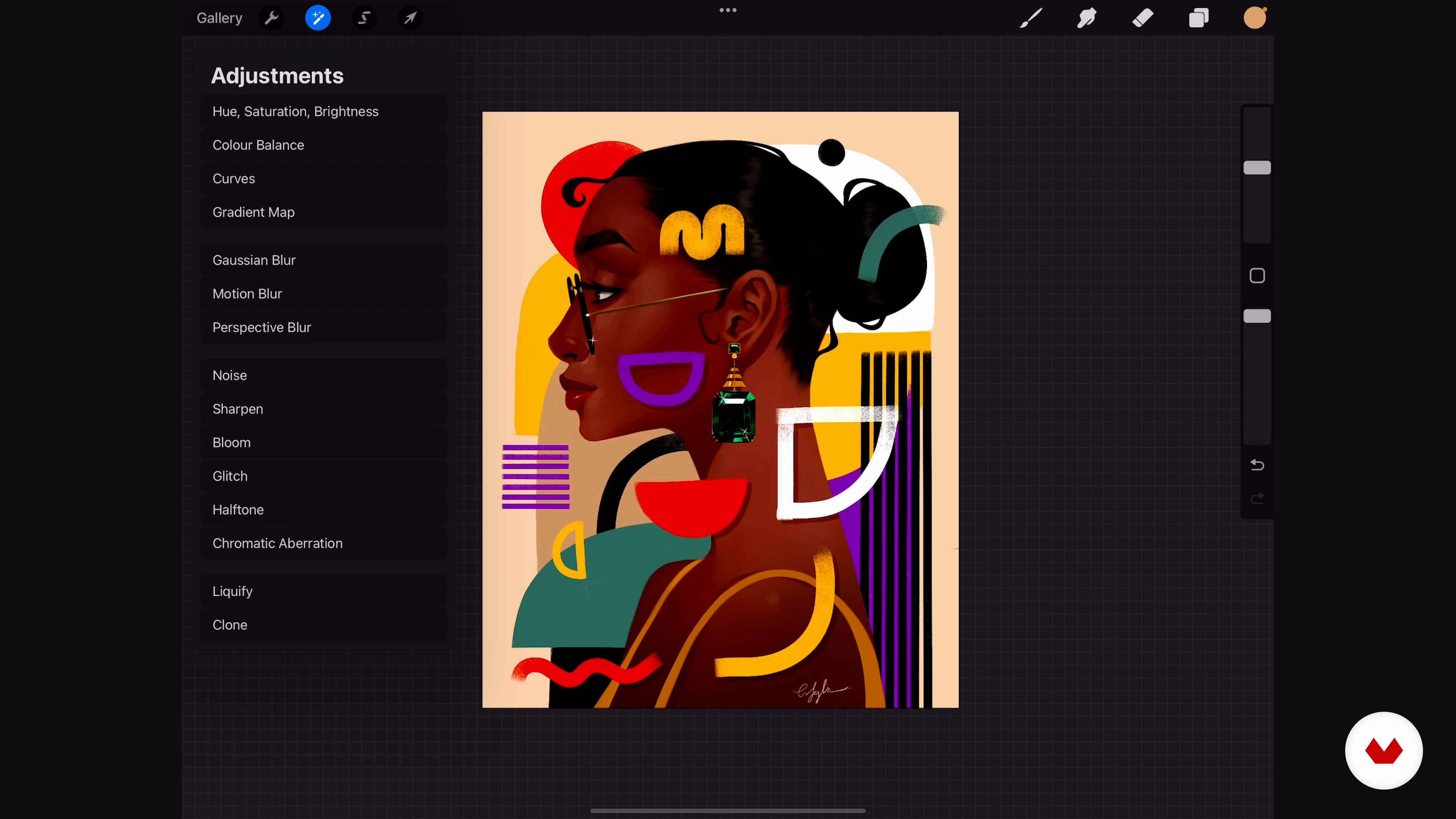
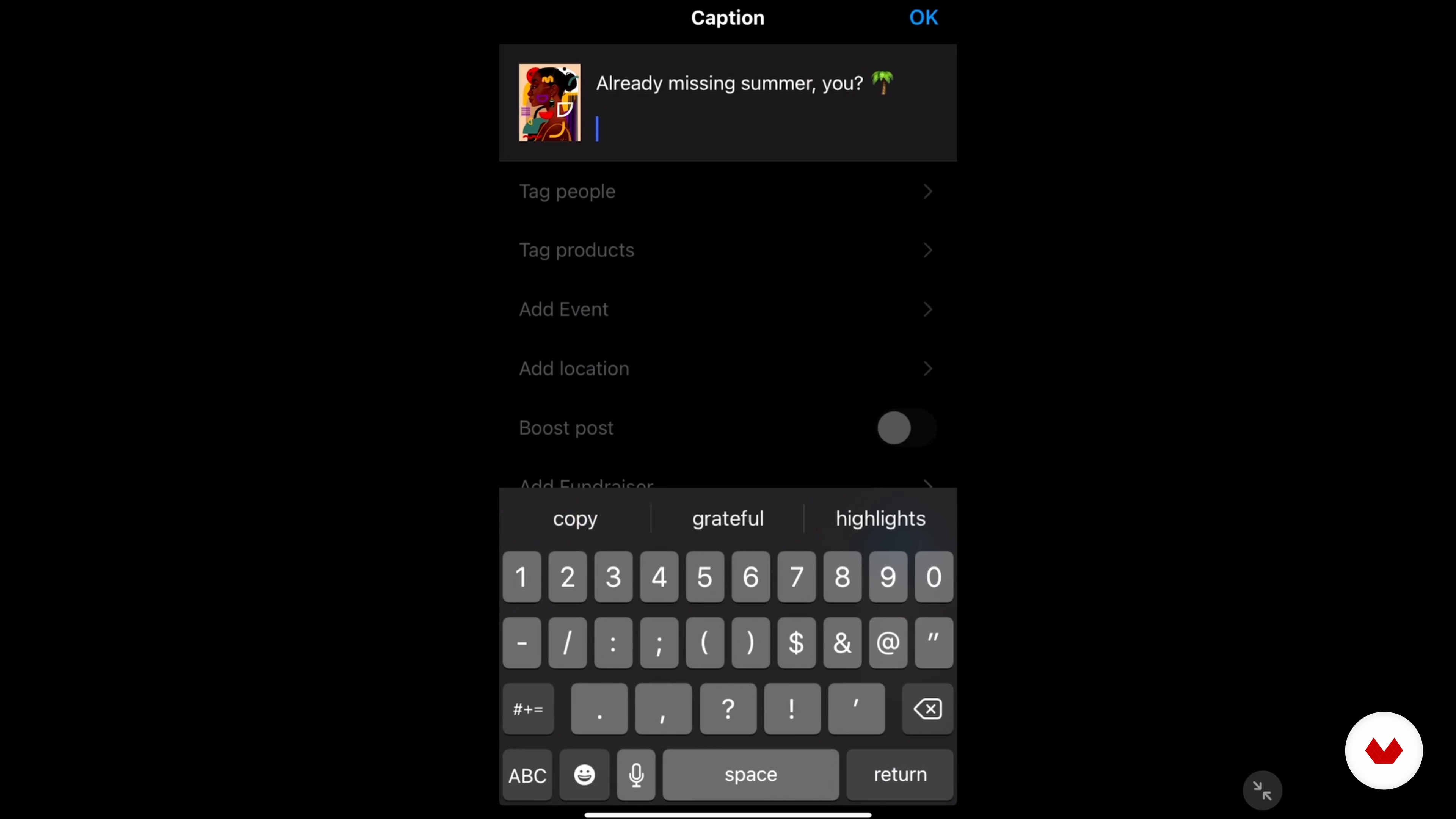
- 100% positive reviews (17)
- 1,079 students
- 77 lessons (13h 23m)
- 101 additional resources (48 files)
- Online and at your own pace
- Audio: English, Spanish
- Spanish · English · Portuguese · German · French · Italian · Polish · Dutch · Turkish · Romanian · Indonesian
- Level: Beginner
- Unlimited access forever
What is this course's project?
Create a pencil-drawn portrait by applying proportion, shading, and anatomy principles. Produce a Renaissance-style portrait using classical shading techniques. Draw a chiaroscuro portrait with deep contrasts. Develop a pastel portrait emphasizing expressiveness. Create a digital portrait incorporating graphical elements.
Who is this specialization for?
Aspiring artists seeking to deepen their portrait drawing skills, from beginners to advanced learners, will benefit from this specialization. It caters to those interested in exploring various techniques, including pencil, chiaroscuro, pastels, and digital tools, while developing a personal artistic style.
Requirements and materials
No extensive prior knowledge is needed, just a passion for portrait artistry. Gather basic drawing supplies: pencils, paper, soft pastels, and a digital device with Procreate. Explore various techniques and materials to develop your unique artistic style.

Reviews
What to expect from this specialization course
-
Learn at your own pace
Enjoy learning from home without a set schedule and with an easy-to-follow method. You set your own pace.
-
Learn from the best professionals
Learn valuable methods and techniques explained by top experts in the creative sector.
-
Meet expert teachers
Each expert teaches what they do best, with clear guidelines, true passion, and professional insight in every lesson.
-
Certificates
PlusIf you're a Plus member, get a custom certificate for every specialization course. Share it on your portfolio, social media, or wherever you like.
-
Get front-row seats
Videos of the highest quality, so you don't miss a single detail. With unlimited access, you can watch them as many times as you need to perfect your technique.
-
Share knowledge and ideas
Ask questions, request feedback, or offer solutions. Share your learning experience with other students in the community who are as passionate about creativity as you are.
-
Connect with a global creative community
The community is home to millions of people from around the world who are curious and passionate about exploring and expressing their creativity.
-
Watch professionally produced courses
Domestika curates its teacher roster and produces every course in-house to ensure a high-quality online learning experience.
FAQs
What are Domestika's online courses?
Domestika courses are online classes that allow you to learn new skills and create incredible projects. All our courses include the opportunity to share your work with other students and/or teachers, creating an active learning community. We offer different formats:
Original Courses: Complete classes that combine videos, texts, and educational materials to complete a specific project from start to finish.
Basics Courses: Specialized training where you master specific software tools step by step.
Specialization Courses: Learning paths with various expert teachers on the same topic, perfect for becoming a specialist by learning from different approaches.
Guided Courses: Practical experiences ideal for directly acquiring specific skills.
Intensive Courses (Deep Dives): New creative processes based on artificial intelligence tools in an accessible format for in-depth and dynamic understanding.
When do the specialization courses start and when do they finish?
All specialization courses are 100% online, so once they're published, specialization courses start and finish whenever you want. You set the pace of the class. You can go back to review what interests you most and skip what you already know, ask questions, answer questions, share your projects, and more.
What do Domestika's specialization courses include?
The specialization courses are divided into different modules. Each one includes lessons, informational text, tasks, and practice exercises to help you carry out your project step by step, with additional complementary resources and downloads. You'll also have access to an exclusive forum where you can interact with other students, as well as share your work and your final project, creating a community around the specialization courses.
Have you been given a specialization courses?
You can redeem the specialization courses you received by accessing the redeeming page and entering your gift code.






Cette certification est essentielle pour tout artiste désireux d'apprendre les techniques de dessin de Portrait Artistique. Ce voyage à travers les différentes techniques et médiums nous fourni un éventail de compétences que nous pouvons utiliser ultérieurement dans la créations de nos oeuvres.
muy bueno
Muy completo, ya tengo varios de estos y me encantan, mil gracias
Molto ricco di tecniche dalla più classica a quella più moderna e dinamica!! Consigliato ✌️
Muito interessante, os assuntos são abordados de maneira didática e fácil compreensão